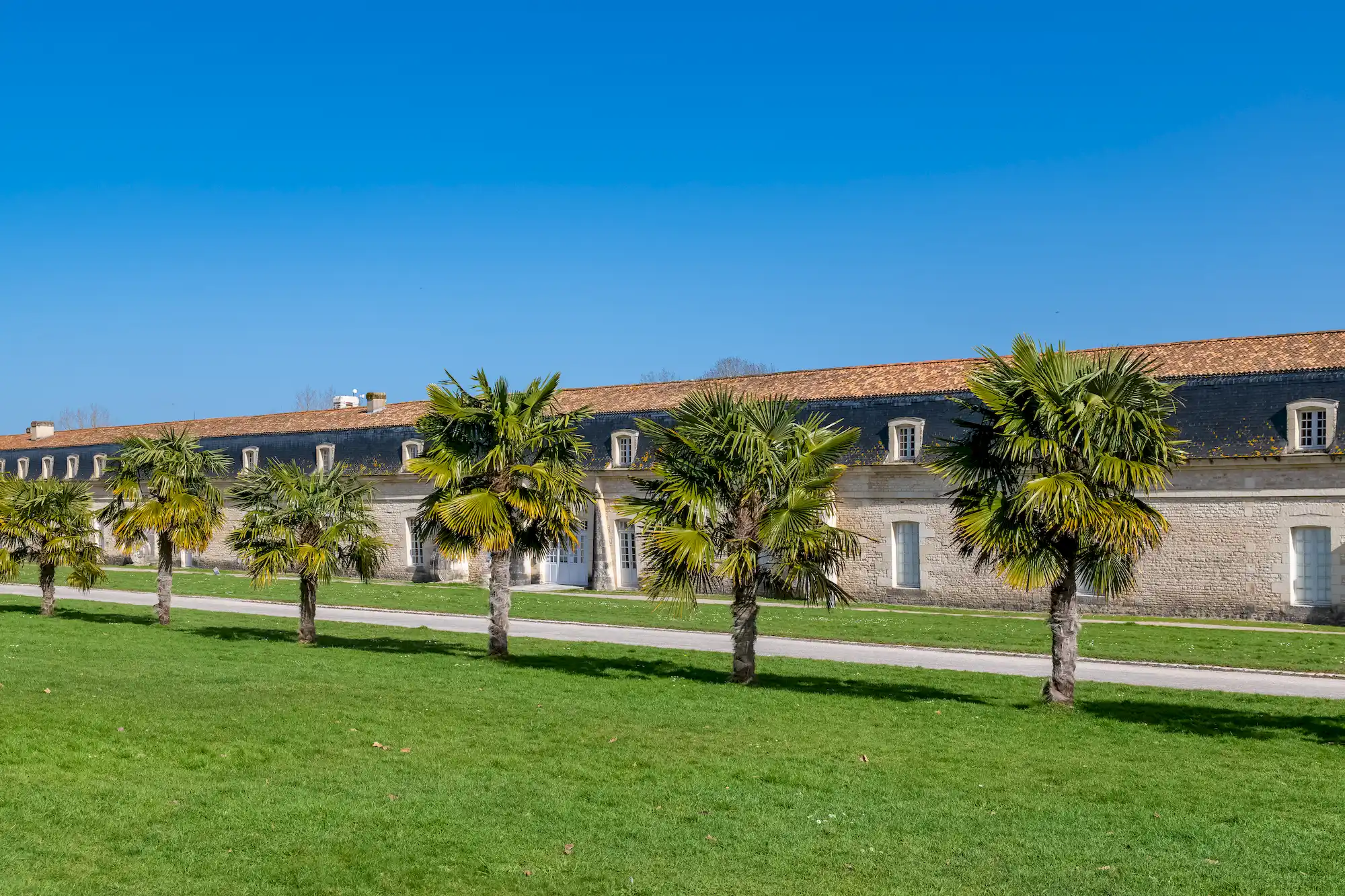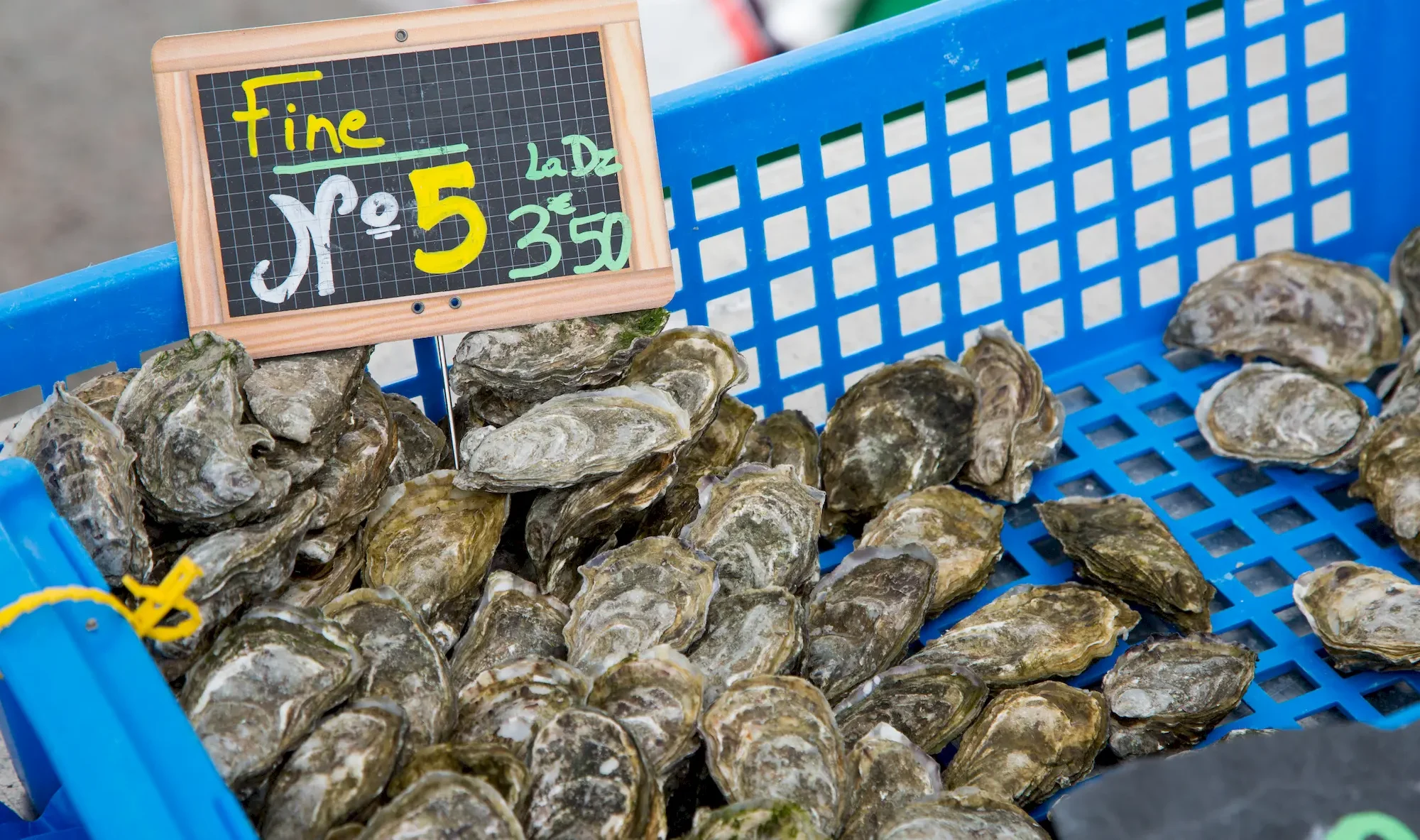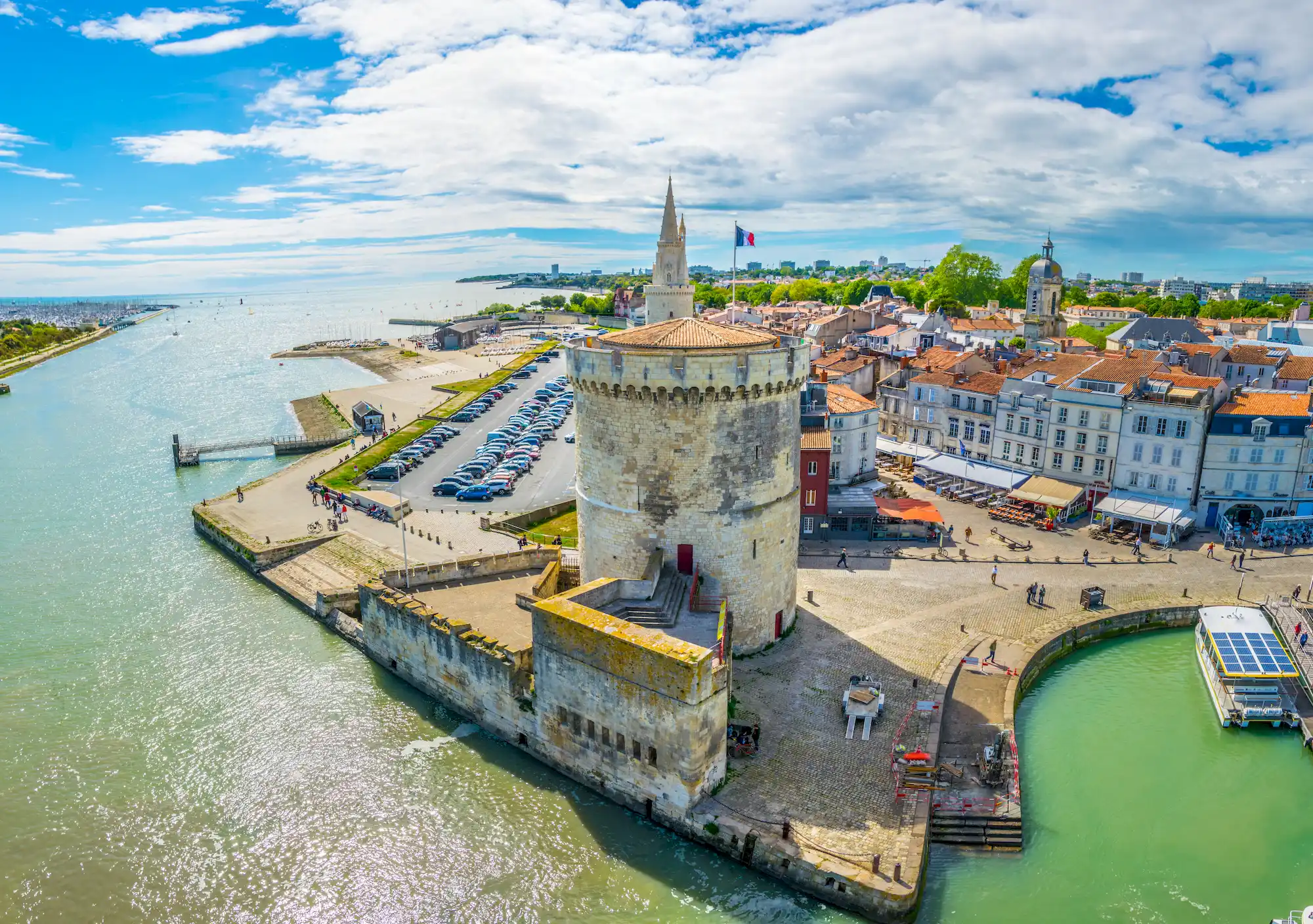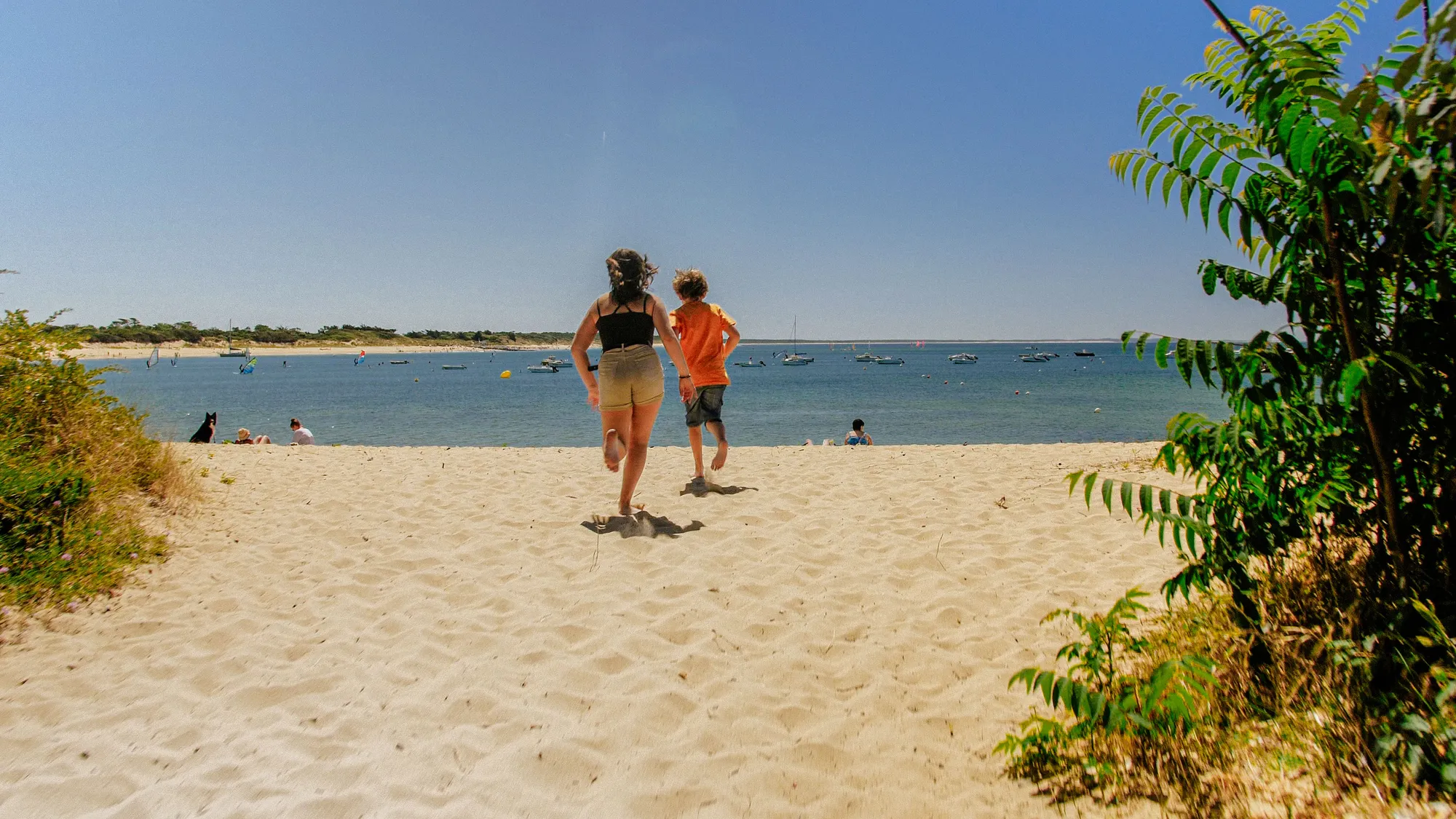Assault the
fortifications of Charente-Maritime
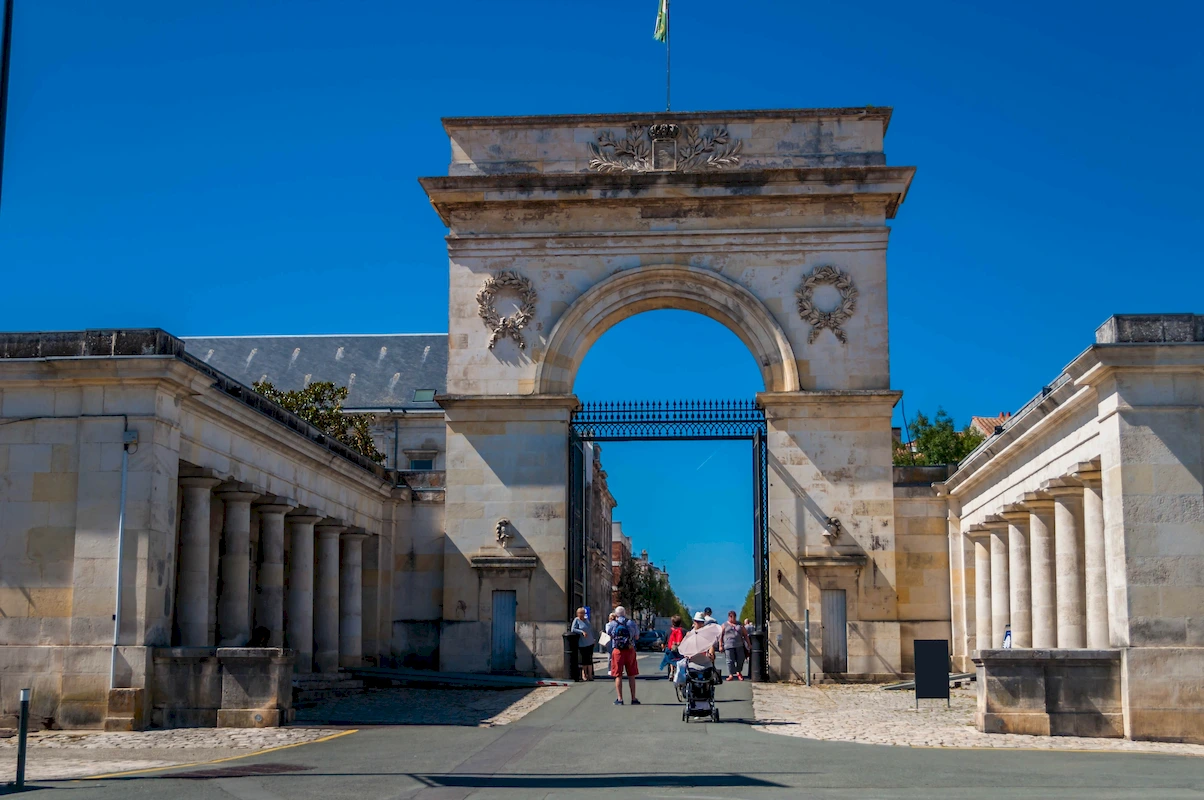
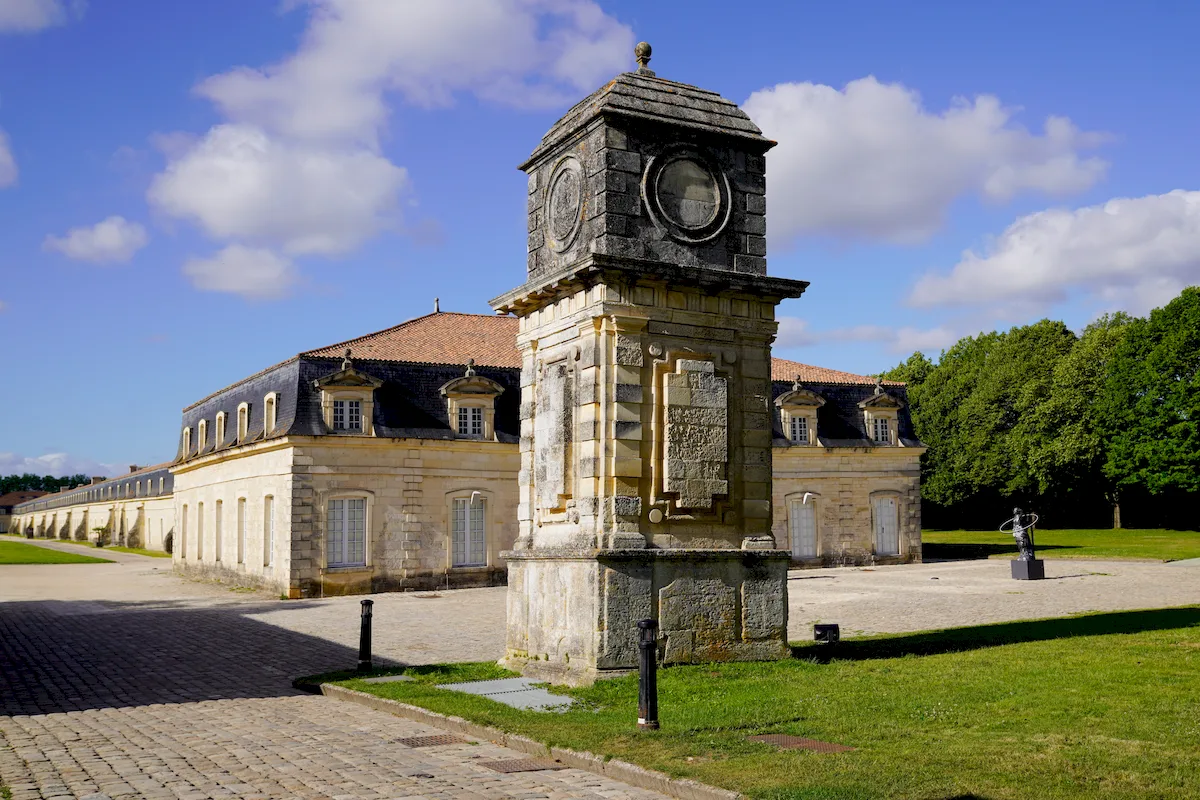
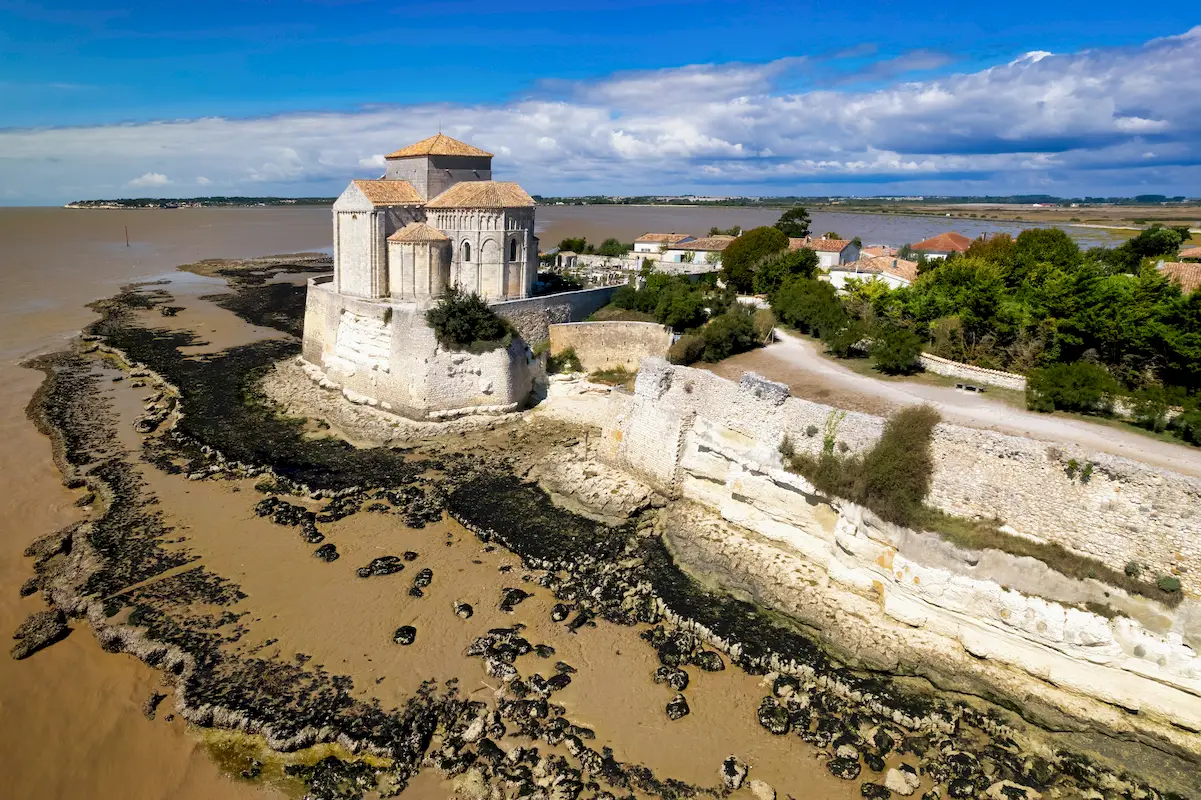
Discover an exceptional maritime and military heritage
The belt of fire that once defended our territory, the mouth of the Charente and the Rochefort Arsenal, has left us with a maritime and military heritage that is the envy of many regions.
During your stay at our campsite on the Ile d’Oléron, discover these stone soldiers, each with its own history and role.
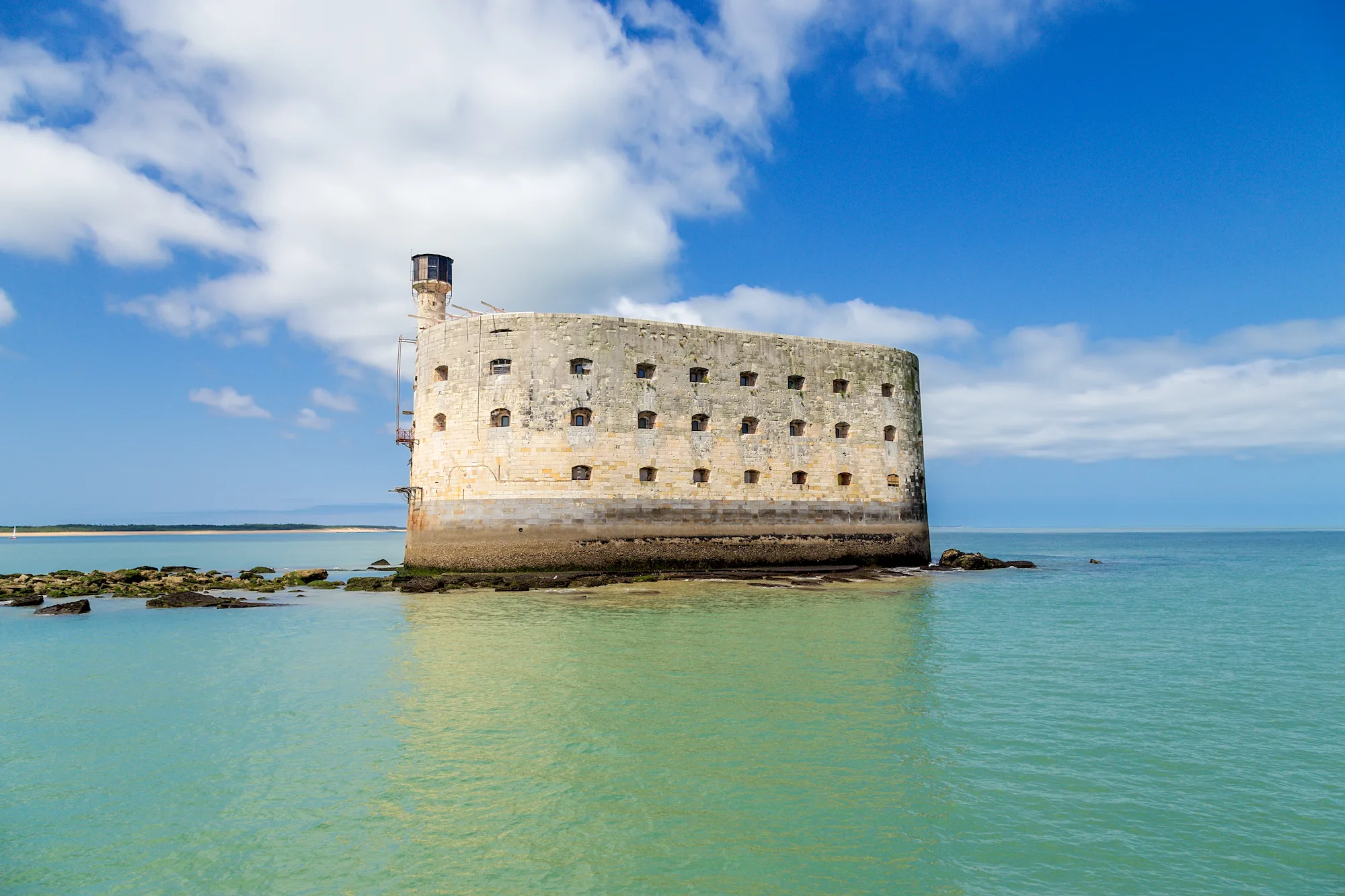
Fort Boyard: the symbol of Charente-Maritime
From the idea for its construction to the legendary riddles of Père Fouras, the symbol of the département is the fruit of a rich and complex history. In 1666, Louis XIV ordered the construction of a military arsenal in Rochefort to build ships. The shallowness of the Charente river meant that ships had to be unloaded of their artillery and pulled by hand to the mouth of the river. Once in the harbor, the ships were vulnerable to attack while they were being rearmed, so a solution had to be found to perfectly consolidate the defensive axes.
After the English attacked Île d’Aix at the end of the Seven Years’ War, plans were made to build a rectangular fort, armed on three sides, on a sandbank ideally located between Île d’Aix and Île d’Oléron. However, the project was too costly and never saw the light of day… It wasn’t until 1801 that Napoleon Bonaparte approved a new project, but it was abandoned as too tedious… Construction of the fort finally took place between 1842 and 1866, but peace with the English and the new long-range cannons that made it possible to defend Rochefort from the islands of Aix and Oléron rendered the project useless…
Although it was later used as a prison, its1st role fell through. Now useless, it was abandoned for a long time, then sold to the Charente-Maritime department to become a television studio, and host the world-famous flagship program since 1990. Although it’s impossible to visit the site, it is possible to approach it by boat – thrills guaranteed!
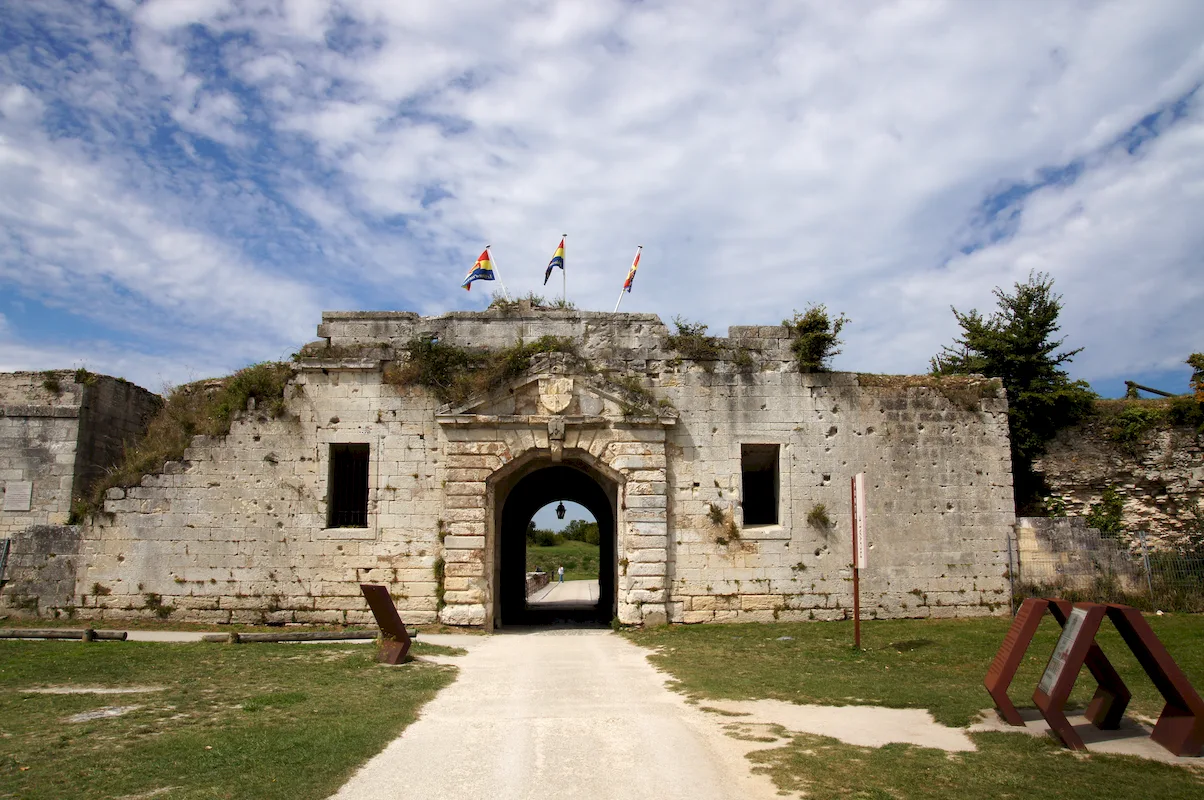
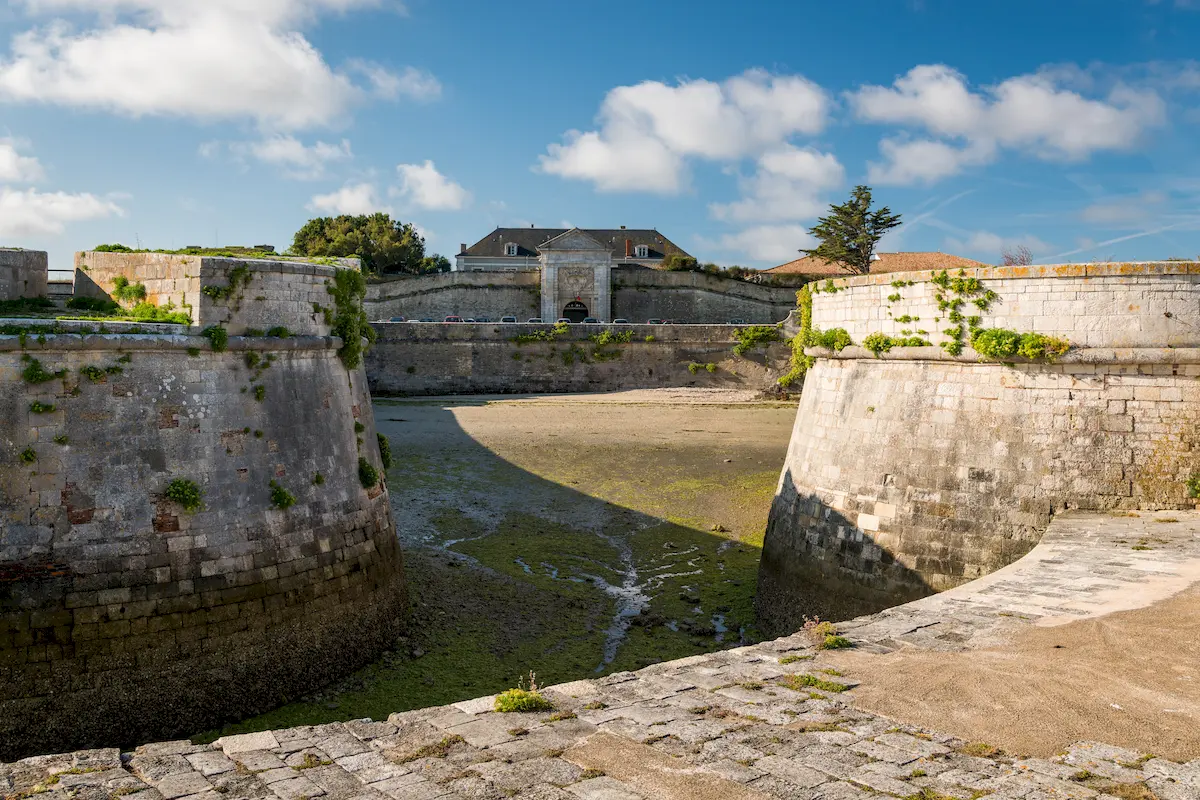

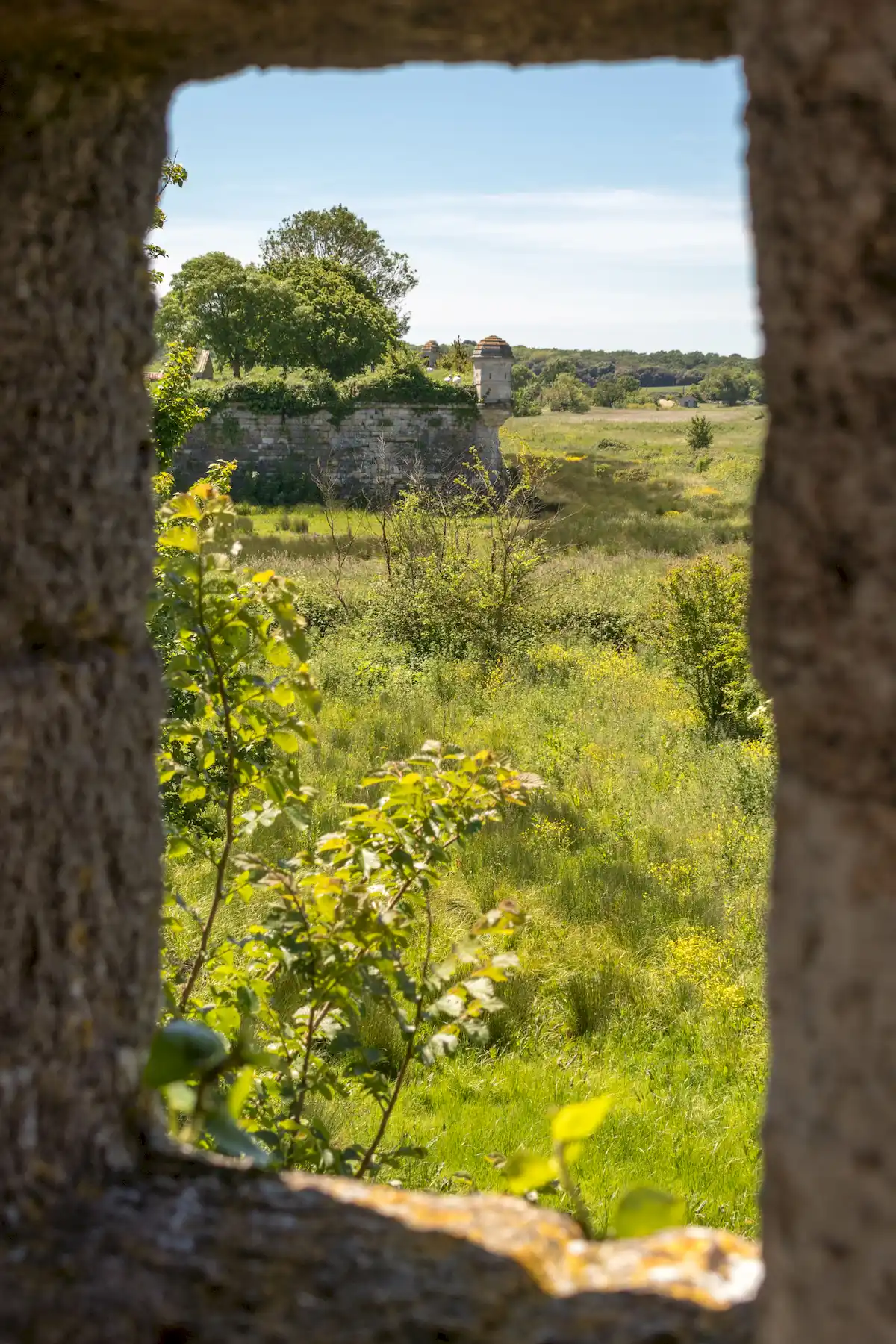

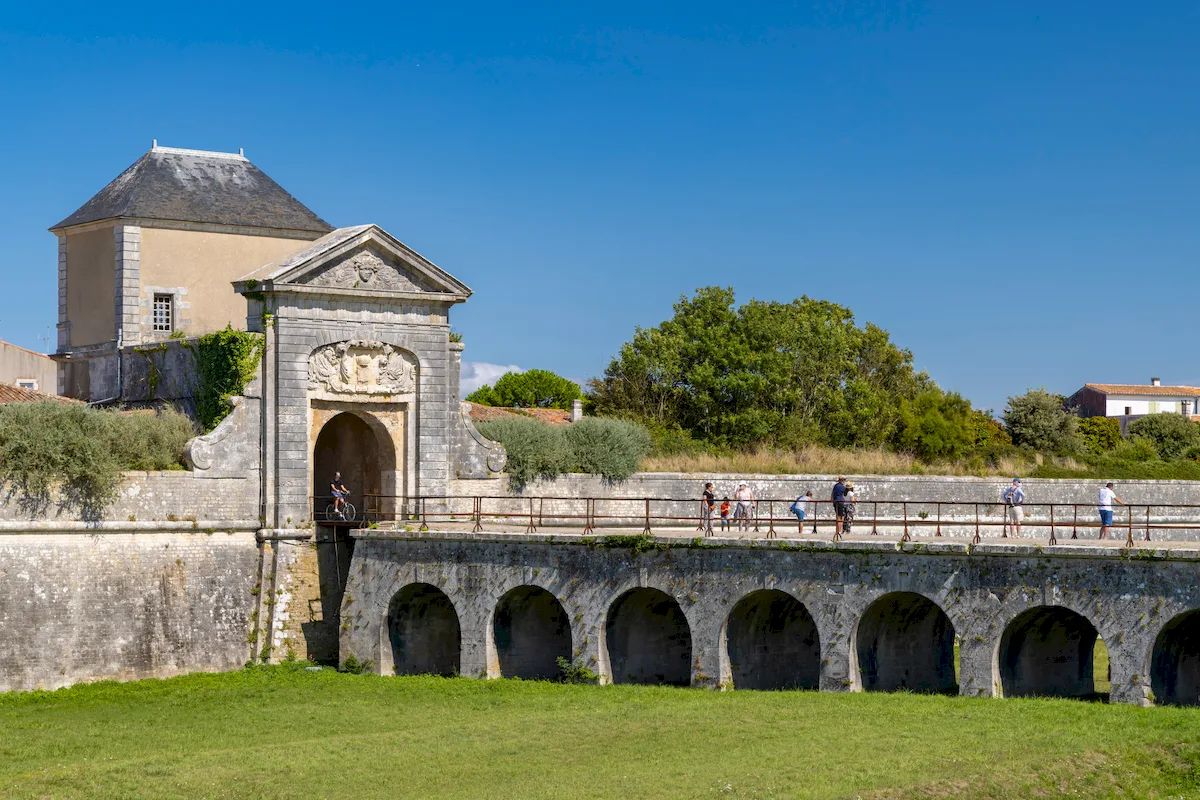
Château d’Oléron citadel
The citadel was built in 1630 under the orders of Richelieu and reinforced by Vauban from 1685, becoming the military structure designed to protect the southern part of the island of Oleron. The ramparts offer a superb view, especially at sunrise when the oyster-farmers leave on their boats.
The Poudrière Saint-Nicolas houses the relief plan of the commune of Château-d’Oléron (an exact copy of the one presented to Louis XIV in 1703). The Royal and La Brèche bastions host numerous exhibitions from May to September.
The Arsenal building, restored to its original form, hosts shows, seminars and conferences throughout the year, with its 300-seat theater. It is one of the most visited sites on theIle d’Oléron.
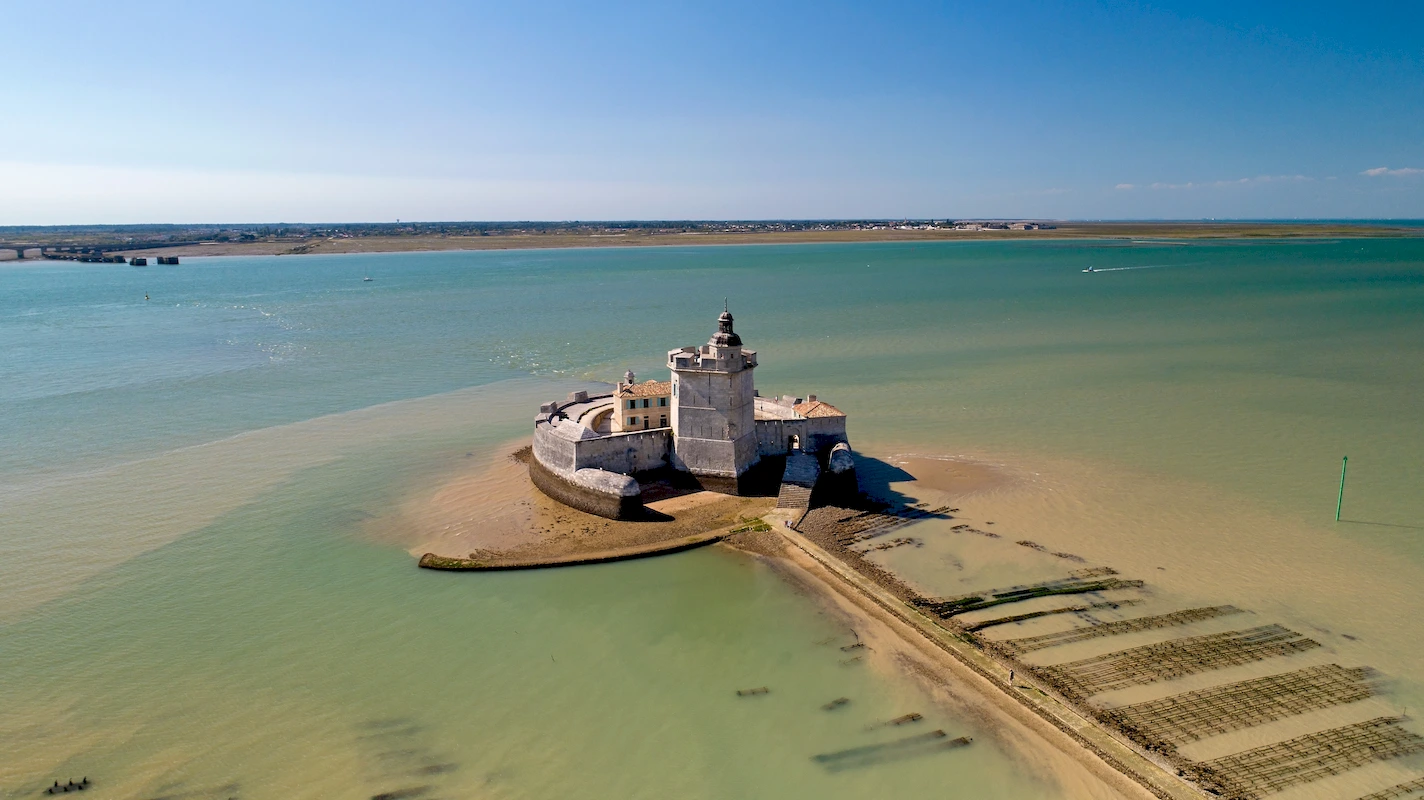

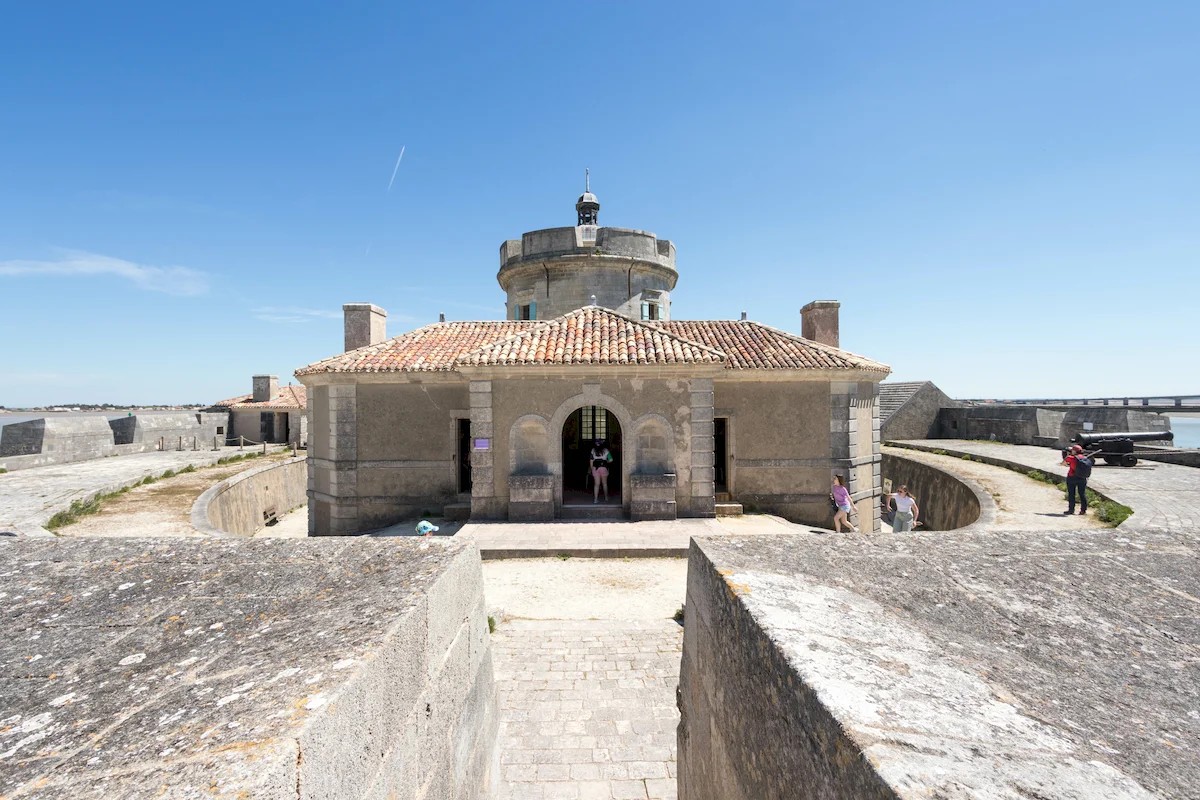

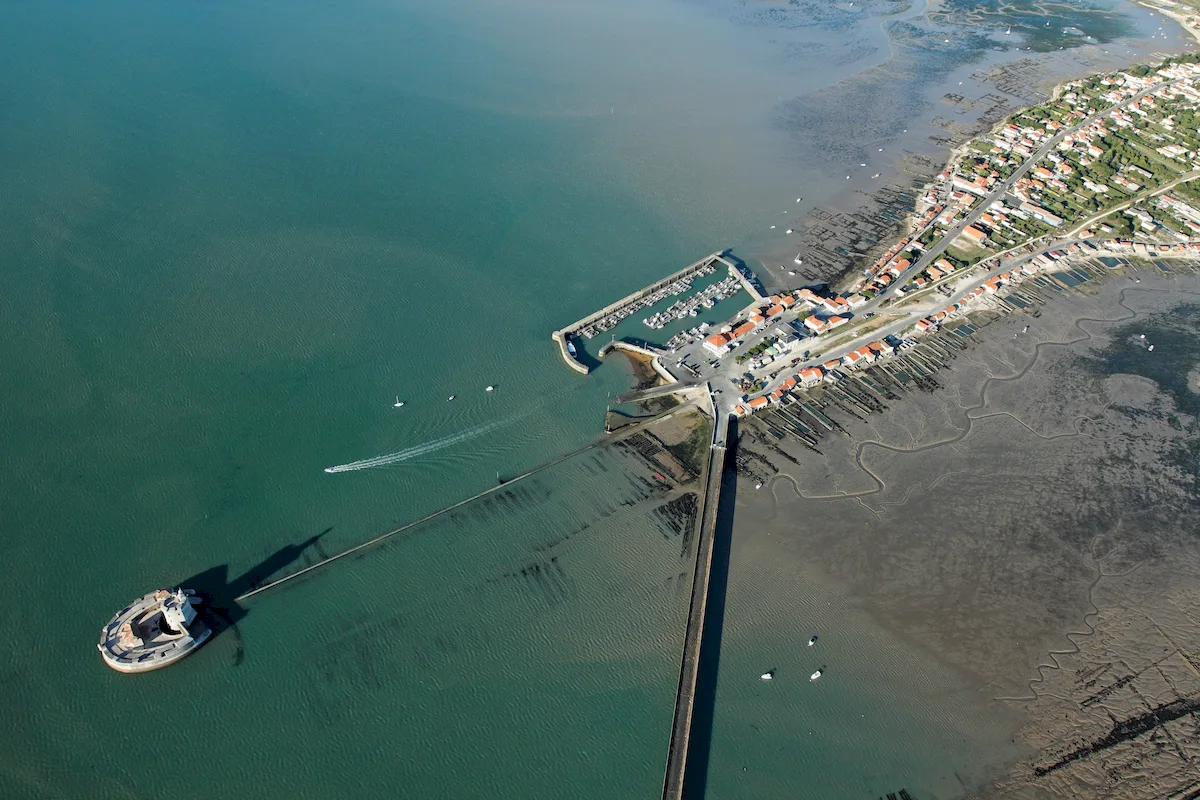
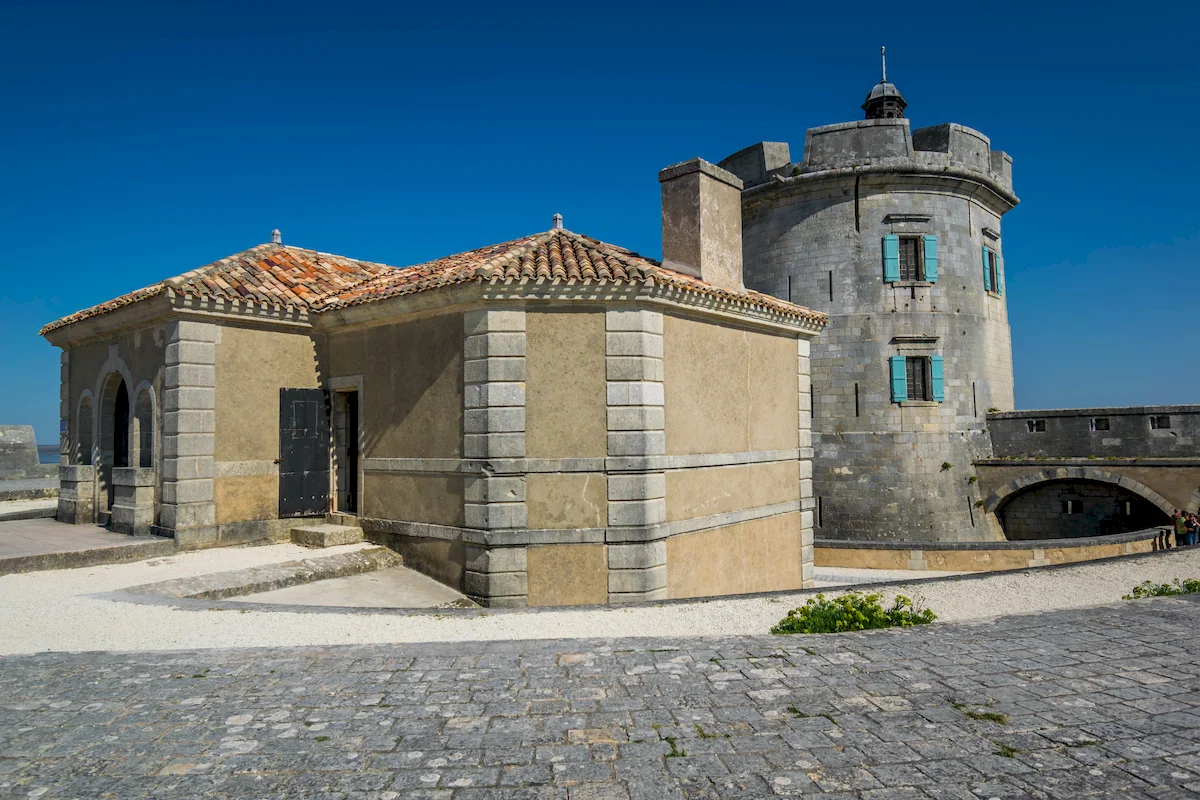
Fort Louvois, a maritime fortification not to be missed
Near the Pont de l’Ile d’Oléron, visit the fort nicknamed ” Fort Boyard’s little brother “. This maritime fort, built by Vauban, is situated at sea on the Chapus rock. It is linked to the port of Bourcefranc by a 400 m causeway uncovered at low tide.
Access is on foot or by boat, depending on the season and tidal range. This not-to-be-missed site in the Marennes-Oléron basin contains a powder magazine, a keep, a barracks, a guardhouse, a food hall, cannons… The unique architecture of this 17ᵉ century maritime fortification can be discovered by the whole family on self-guided or guided tours, some of which are even unusual…
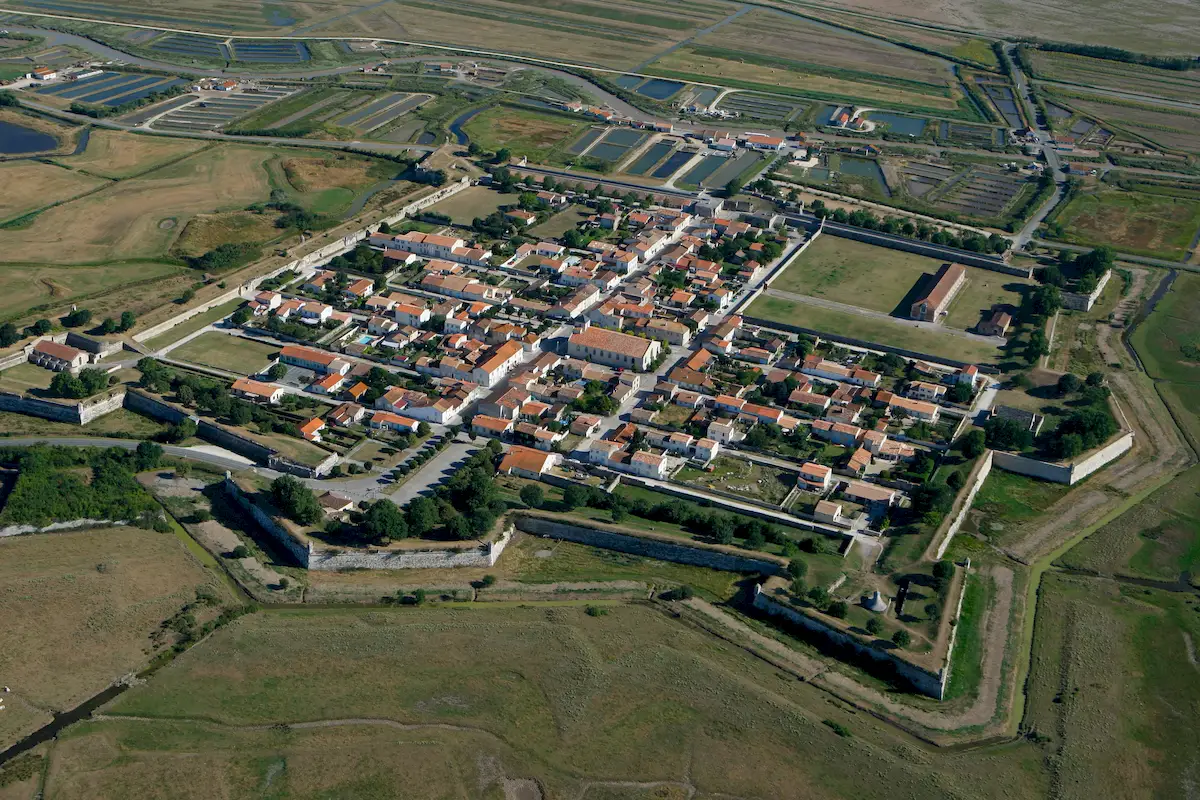
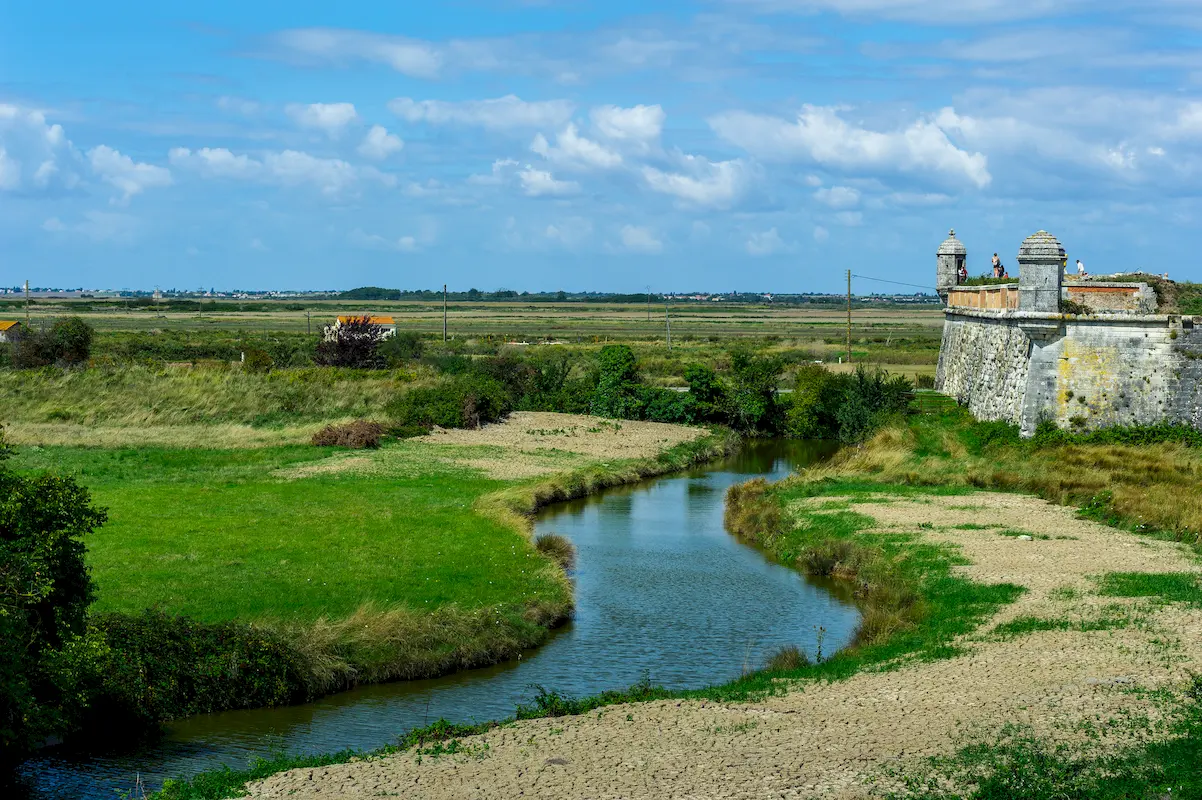
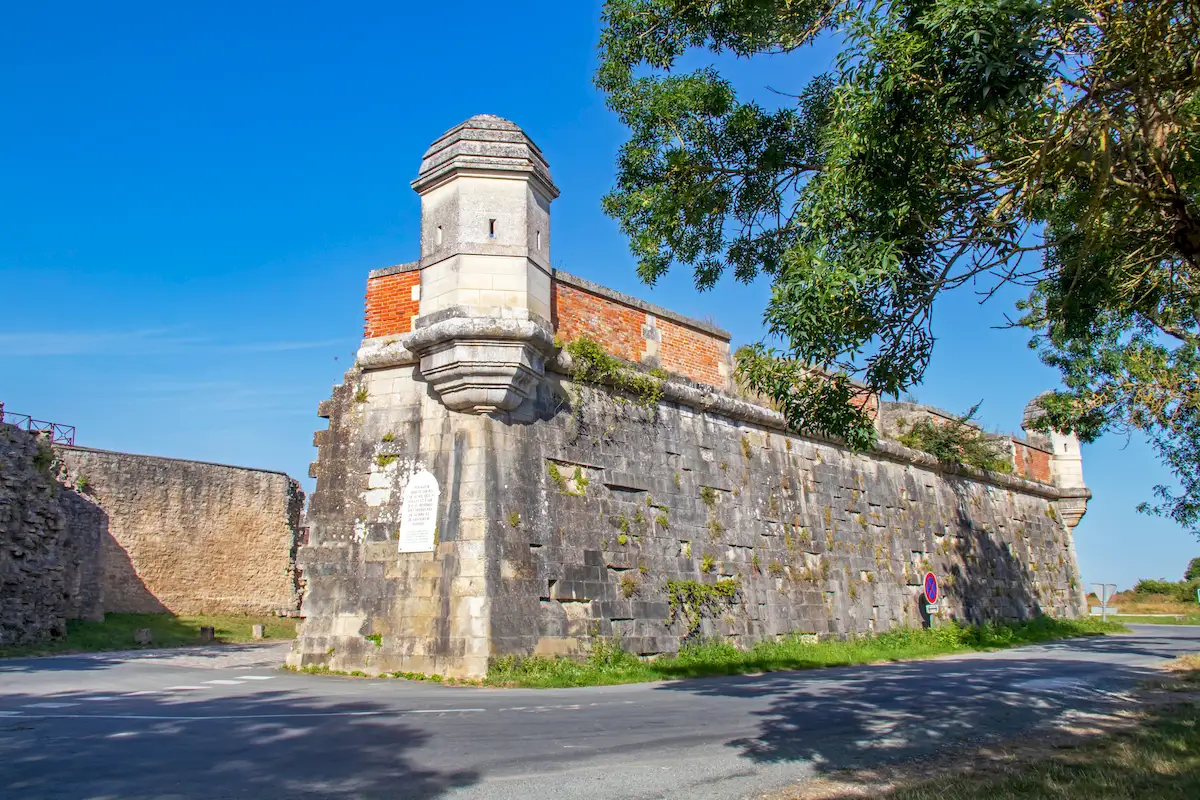
The citadel of Brouage, most beautiful village in France
Brouage, planted in the middle of the marshes, reminds us that centuries ago, the ocean was at its feet. This 3,000-hectare star of stone located between Rochefort and Marennes has long been the hub of the salt trade. Founded in the 16ᵉ century, Brouage was one of the most important ports on the Atlantic coast and was even defined as the European capital of white gold.
It was shaped by Richelieu, who commissioned the extensive fortifications (later reinforced by Vauban in the late 17ᵉ century) that we see today. Ramparts, bastions, watchtowers, curtain walls and majestic gates were designed to make the city impregnable. Powder magazine, food stores, arsenal, forges, hospital – everything had to be kept under control. The ocean then gradually retreated, leaving the town as a jewel in its green setting.
Today, art craftsmen have replaced the salt merchants’ stalls, but architecturally, the citadel has remained unchanged. It proudly boasts the “Most Beautiful Villages in France” label.
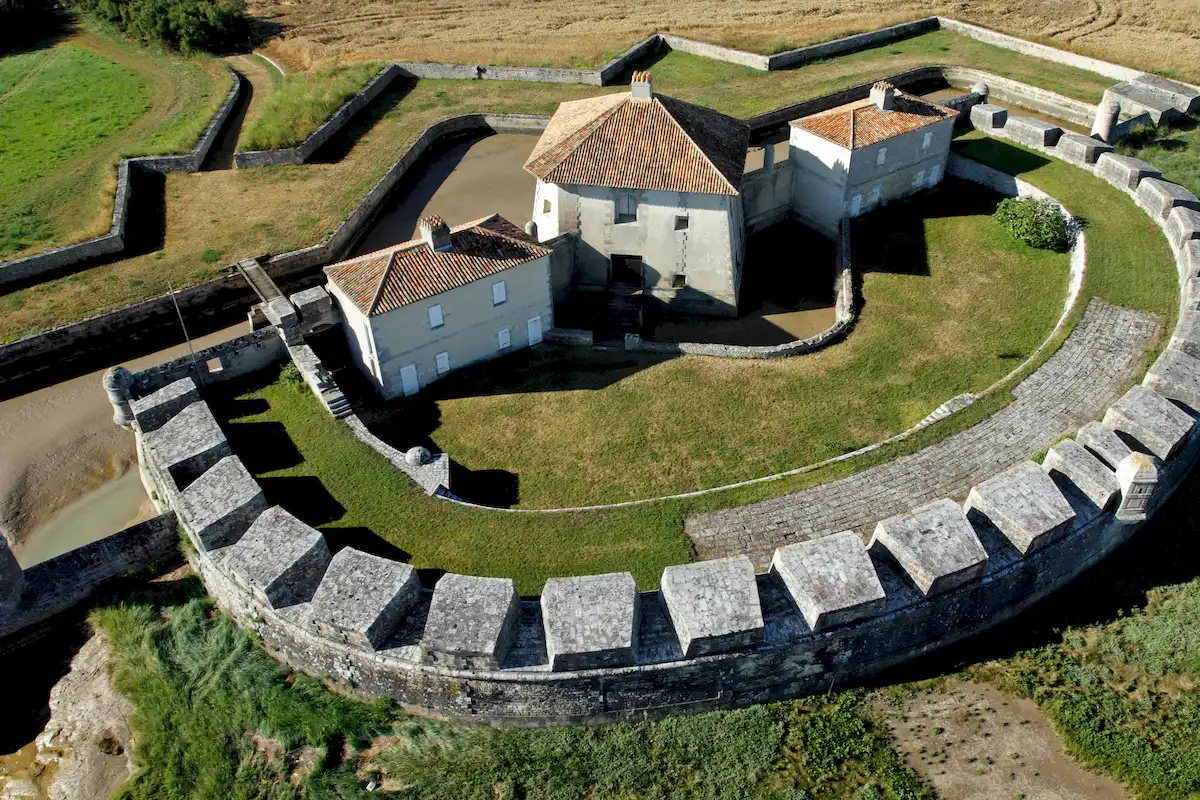
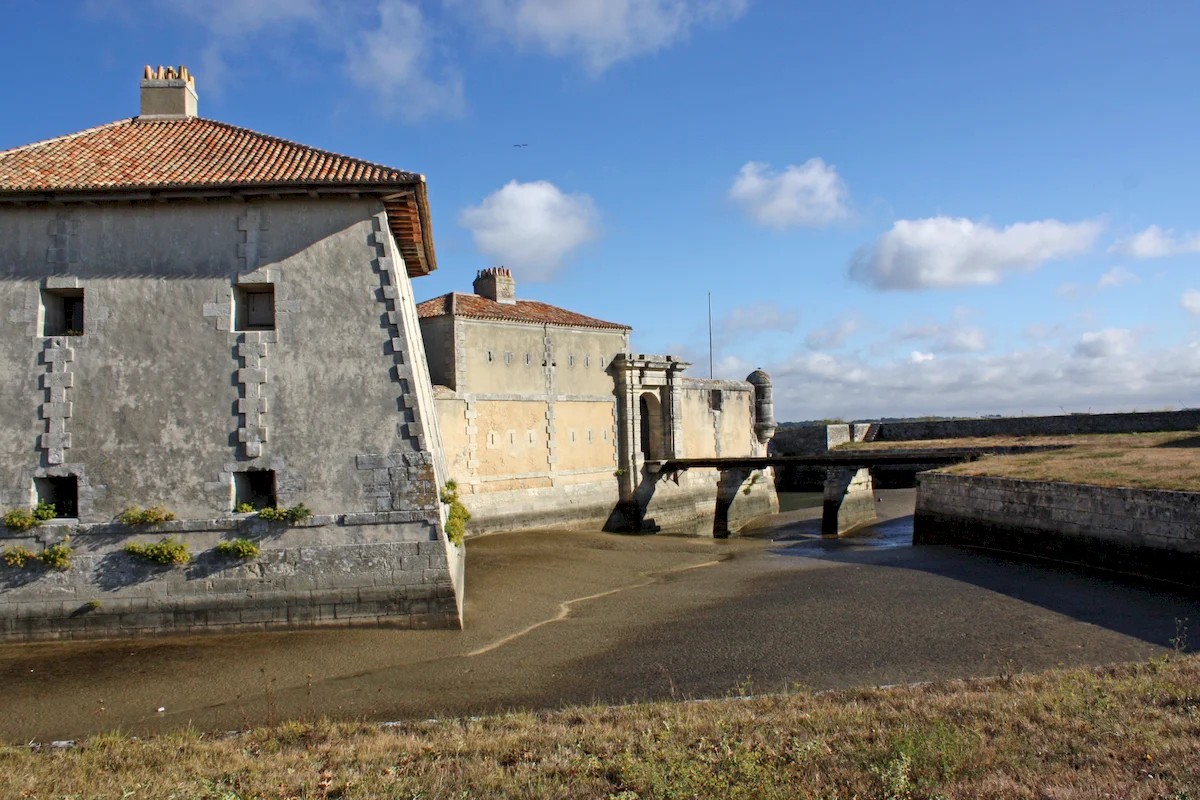
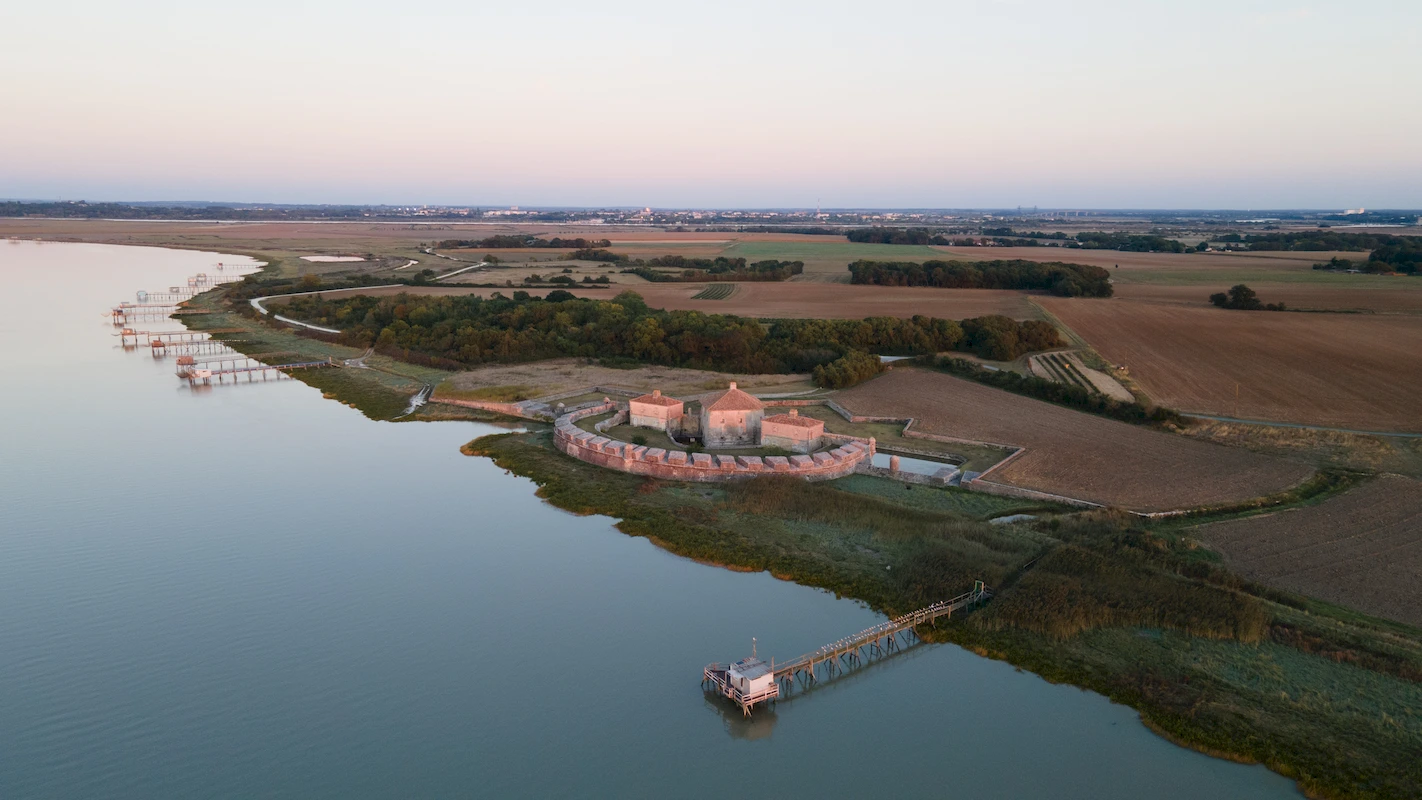
Fort Lupin, protector of Charente’s ships
Built in 1683, it protects the Rochefort Arsenal and the Fontaine Royale Lupin, keeping an eye on ships entering the mouth of the Charente and those sailing upstream.
To obtain water, a stop is made at the Fontaine Royale Lupin, built in 1671, 3 km from the Charente estuary, and in the harbor, the ships are armed.
Fort Lupin ‘s mission is to protect them. This fort, probably the best preserved today, completes Vauban‘s great project.

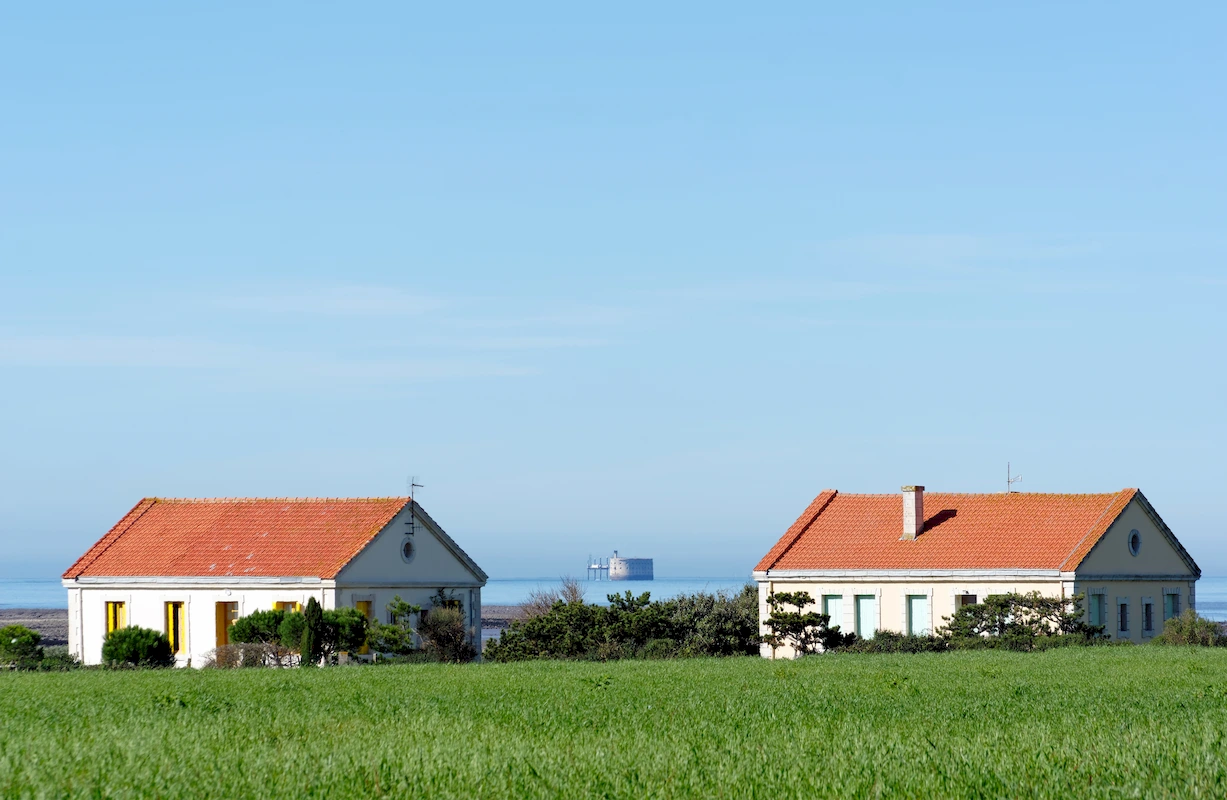
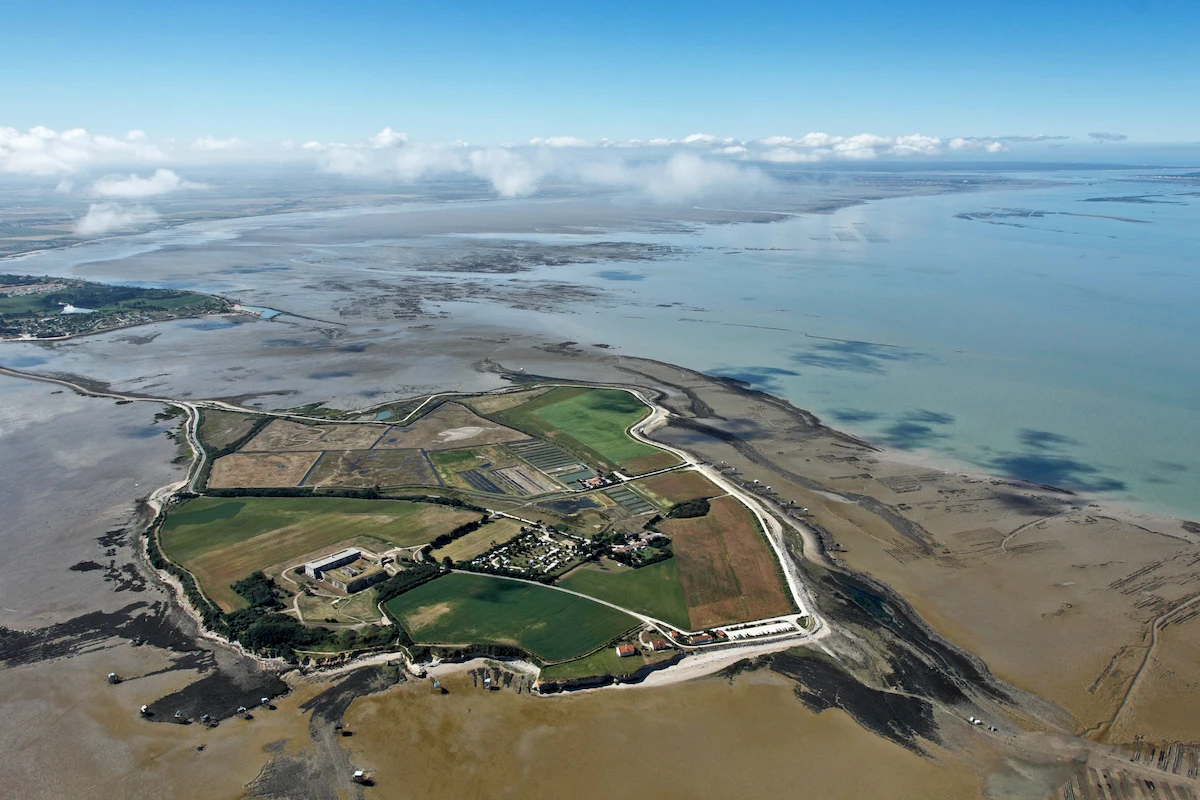
Ile Madame fort, a journey through time
This fort guards the harbor of Île Madame. Two batteries were built in the 17ᵉ century. In the early 18ᵉ century, the engineer Rousselot’s redoubt, 36 m square, crowns the island’s summit opposite Fort Vauban in Fouras.
In the mid-19ᵉ century, the addition of a defensive barracks for 250 men on the fort’s southeast face and the construction of a battery facing the Île d’Aix roadstead completed the defense of Île Madame. Today, the three casemates house exhibitions on the fauna, flora, fishing, geology and history of Île Madame.
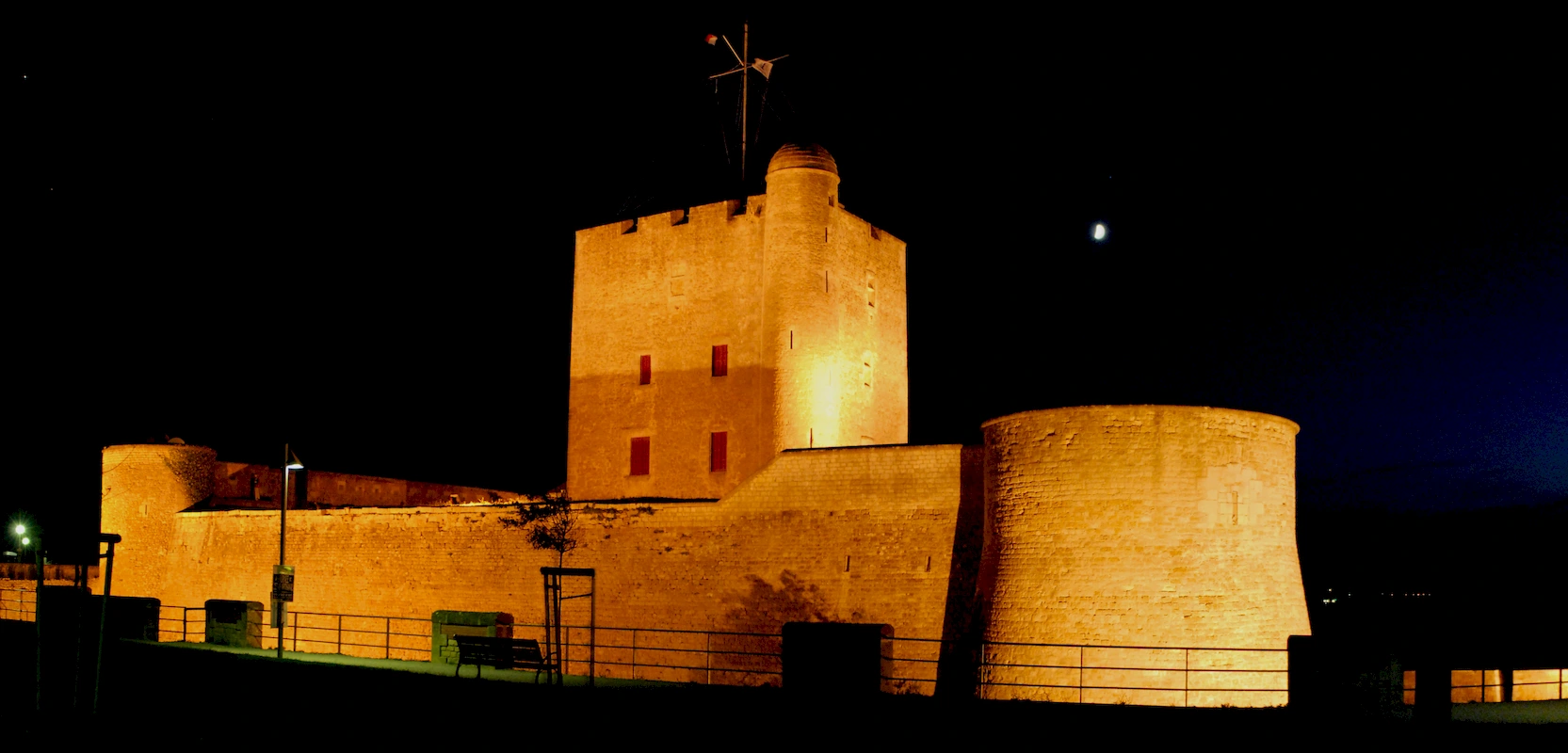
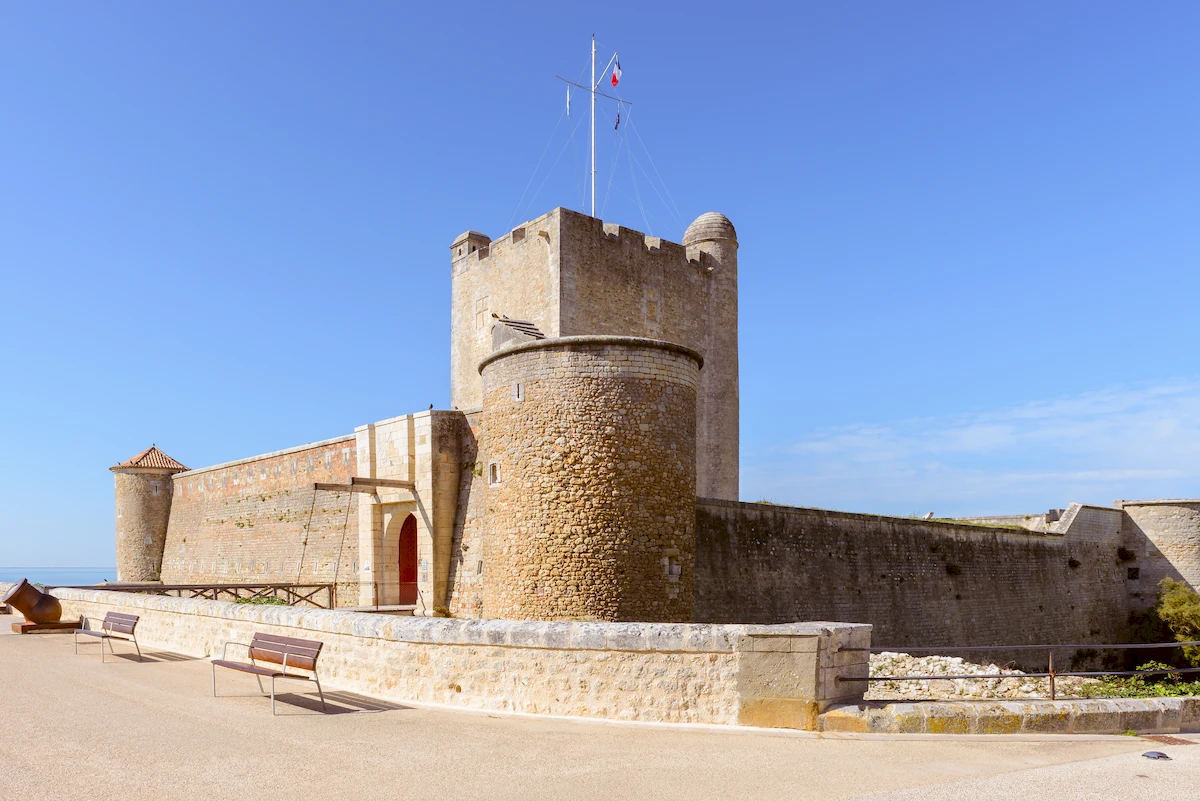
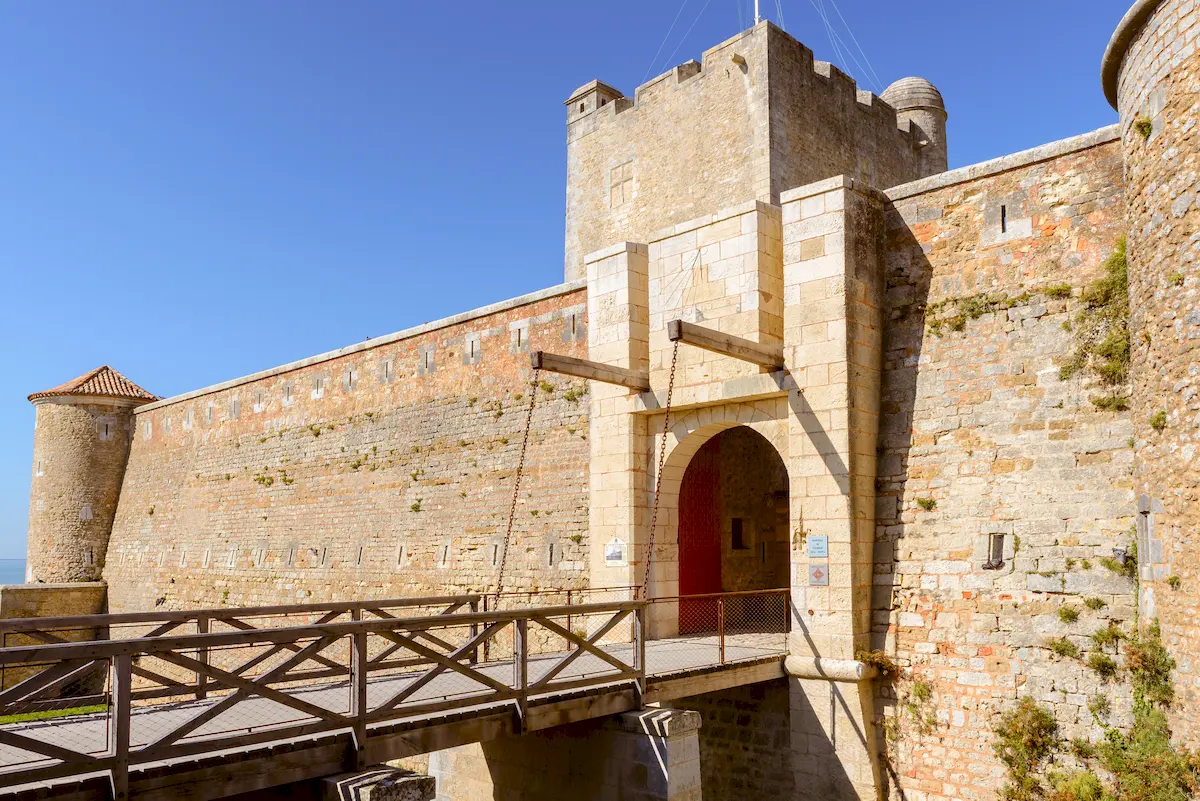

Fort Vauban, guardian of the Charente river
Located on the right bank of the Charente River in Fouras-les-Bains, Fort Vauban watches over the river mouth between Fouras-les-Bains and Port-des-Barques. This ancient medieval building, now a fort, offers a breathtaking view of the Charente estuary and the islands of Aix, Madame and Oléron.
In the Middle Ages, it was the Château of the Sires de Rochefort (who used it as a tollbooth for boats entering the Charente). Destroyed during the War of Religion, it then became a 30-meter-high keep built to keep watch over the sea. When the Rochefort Arsenal was built, the keep became the fort we know today, with a fortification commissioned by Vauban. It thus joined the circle of protectors of the arsenal and the Charente.
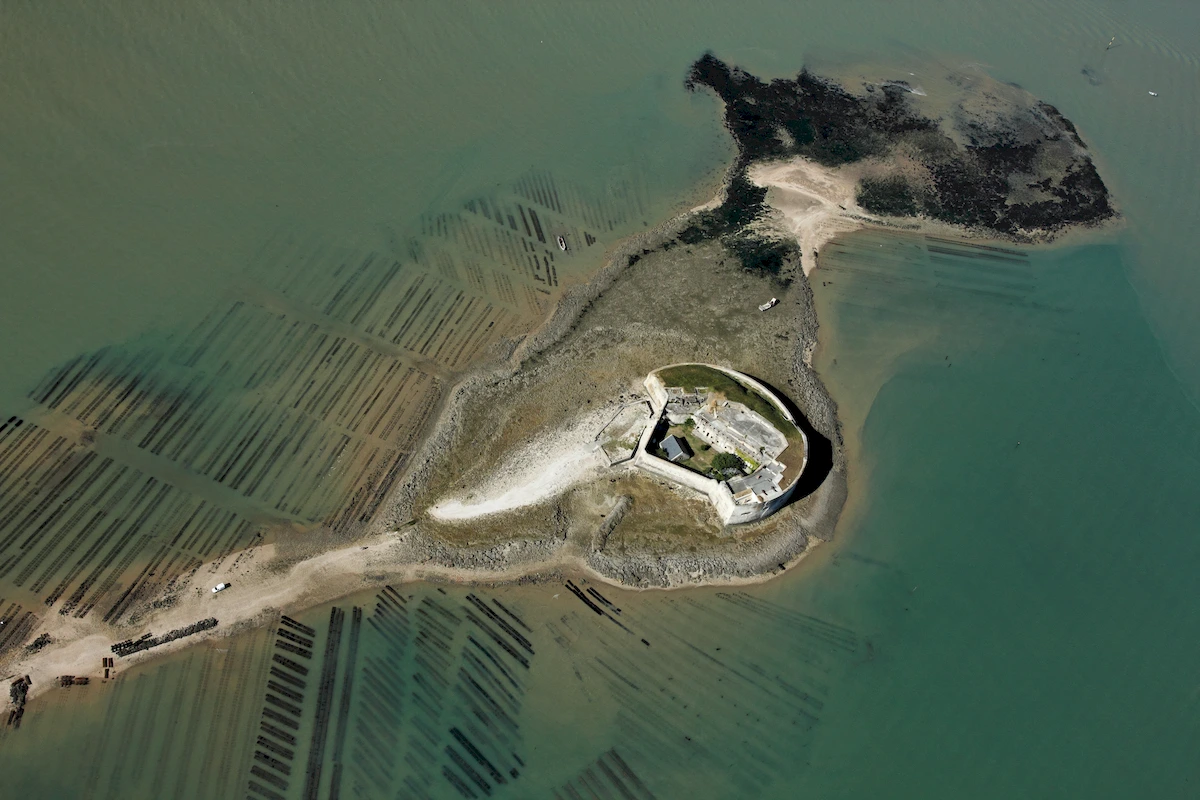
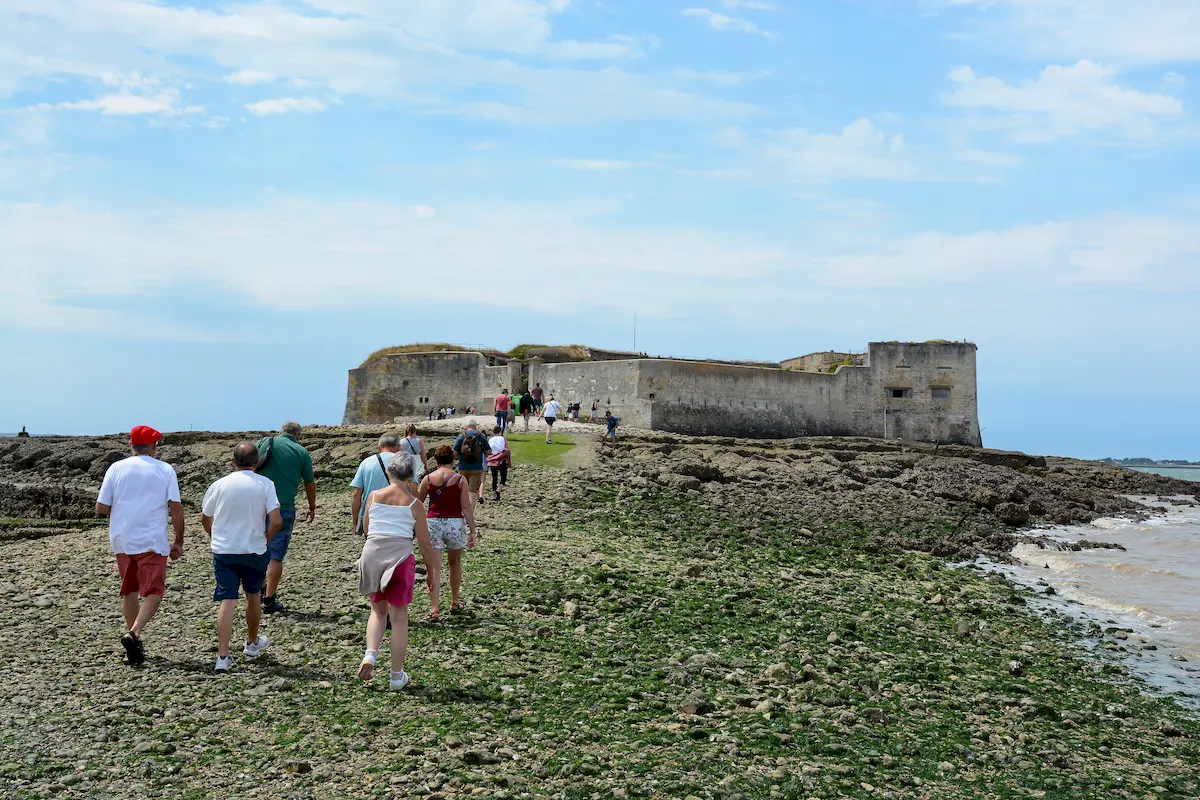

Fort Enet, a maritime sentinel
Fort Enet acts as a sentinel between Fouras-les-Bains and Ile d’Aix. It was born of the ” Affaire des Brûlots “. In April 1809, burning British naval ships were deliberately set loose on the French fleet in the harbor off Ile d’Aix.
It was total chaos: 34 English ships against 15 French ships, which had to defend the entrance to the Charente and thus the Rochefort Arsenal. The island of Aix was pillaged by the English , and the French navy narrowly avoided their entry into the Charente.
Fort Enet was built to lock the Pertuis d’Antioche and secure the harbor on the island of Aix.
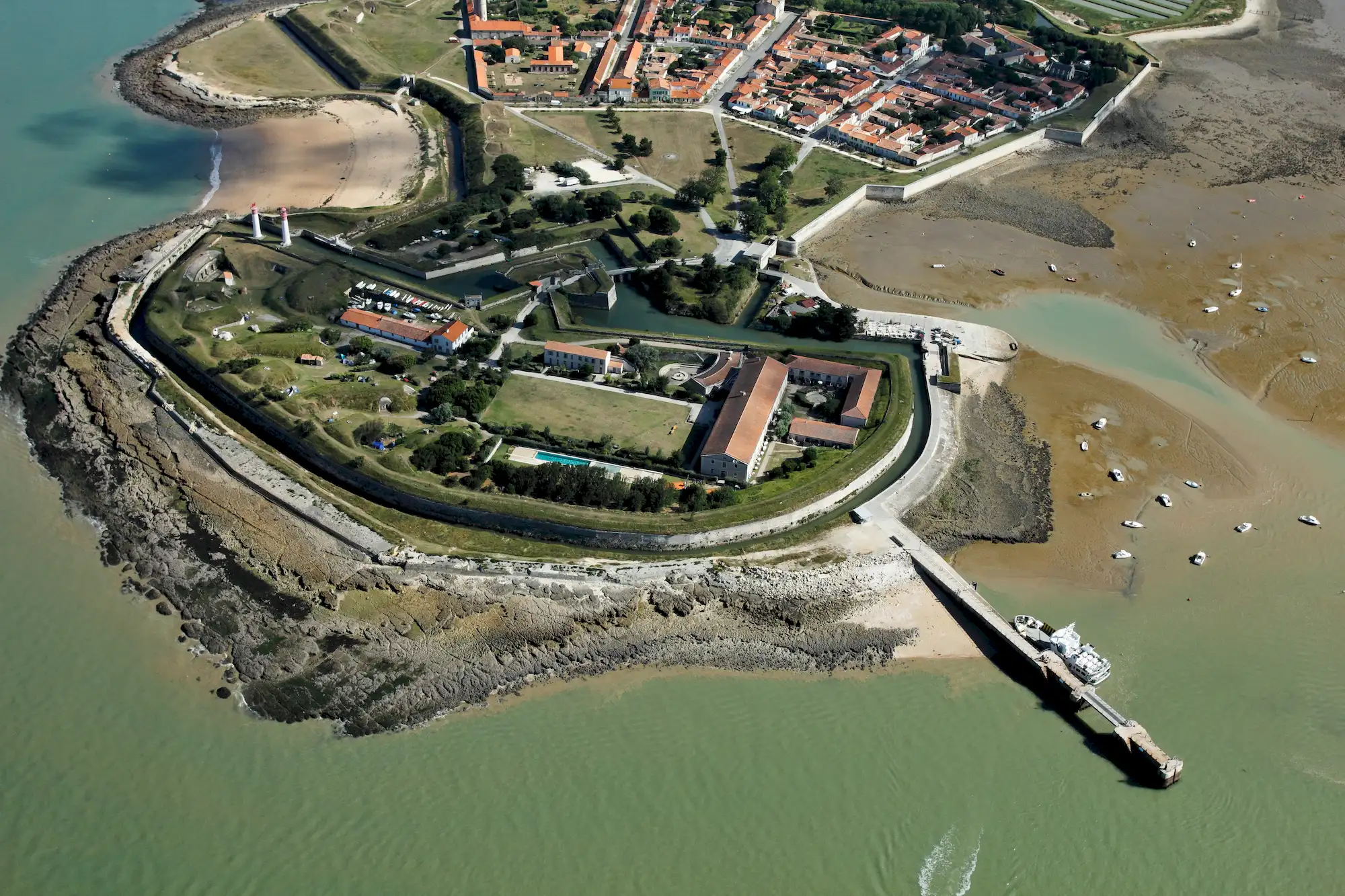
Fort de la Rade, history of a historic monument
Built in 1703, it controlled access to the Aix harbor, where the Rochefort squadron anchored. In 1757, it was razed to the ground by an English attack. In 1778, faced with a new threat from the Royal Navy, the Marquis de Montalembert urgently built a new fortification.
Under the First Empire, the fort was completely rebuilt and regularly modernized. Classified as a historical monument in 1996, it now houses a vacation village, campsite and sailing school.
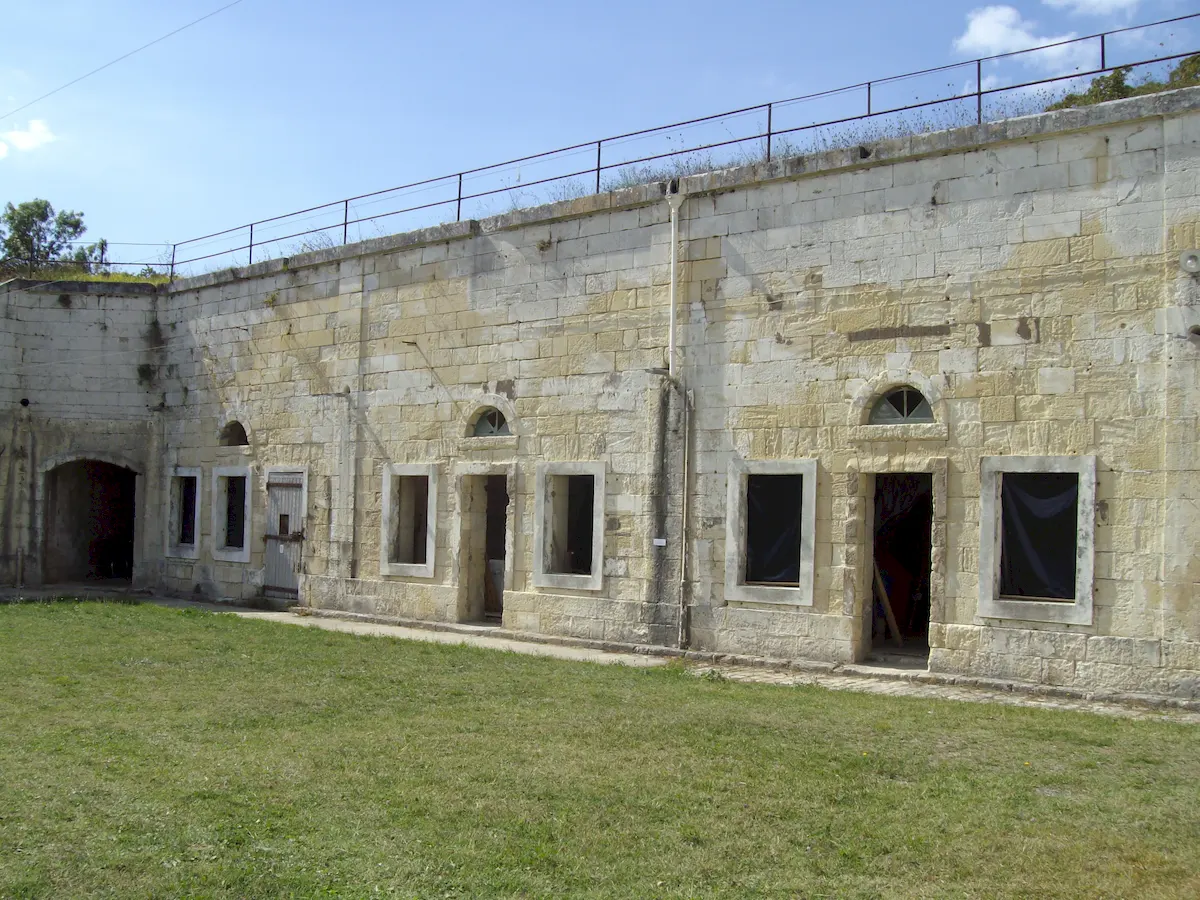
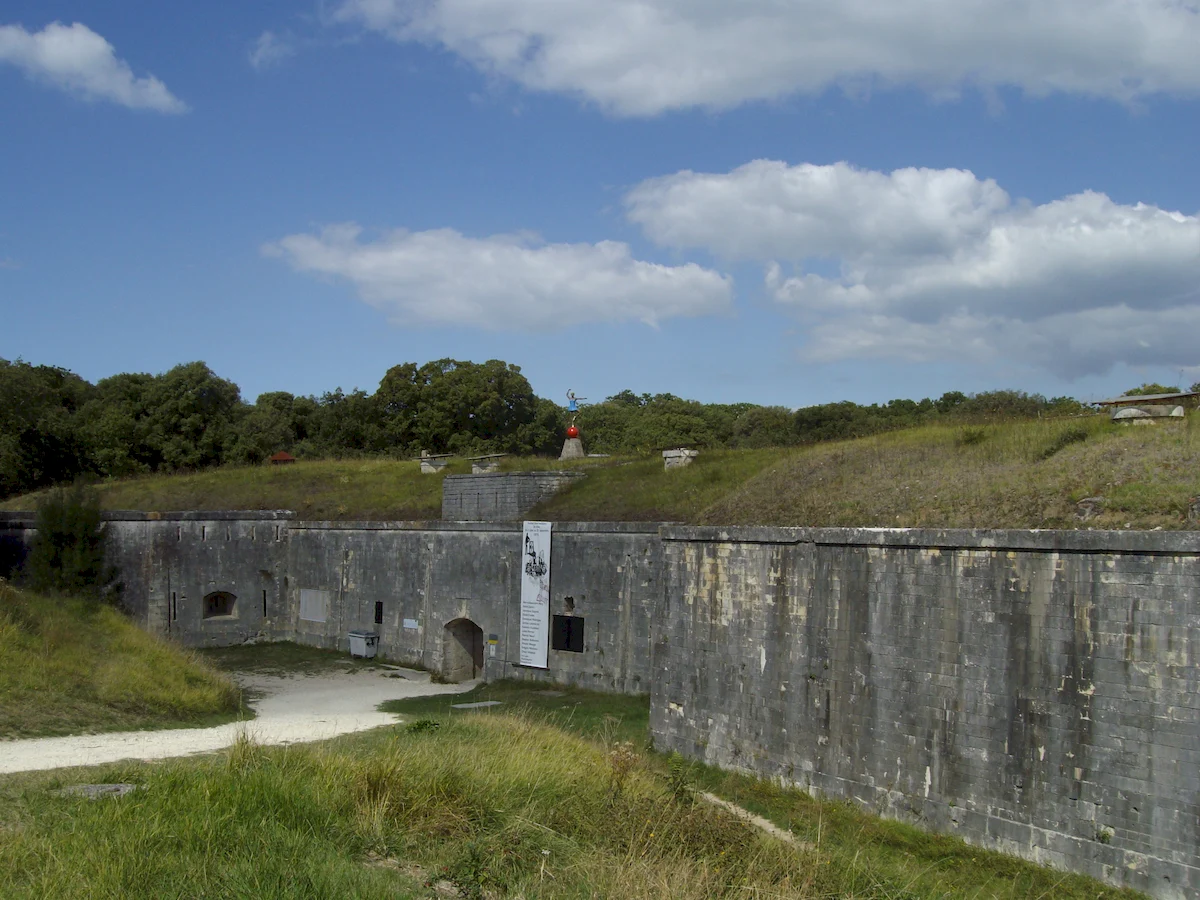
Fort Liédot, an architectural monument
Ordered by Napoleon1st to provide an overview of the Aix harbor and protect the Rochefort Arsenal, thisarchitecturally exceptional structure is now a place where art and history intermingle.
30 minutes from the port, hidden in the heart of the Ile d’Aix forest, Fort Liédot invites you to explore its vaulted rooms, discover the Ile d’Aix and the fort’s history, learn about its role in the “Route des Forts” and discover the secrets of Fort Boyard…
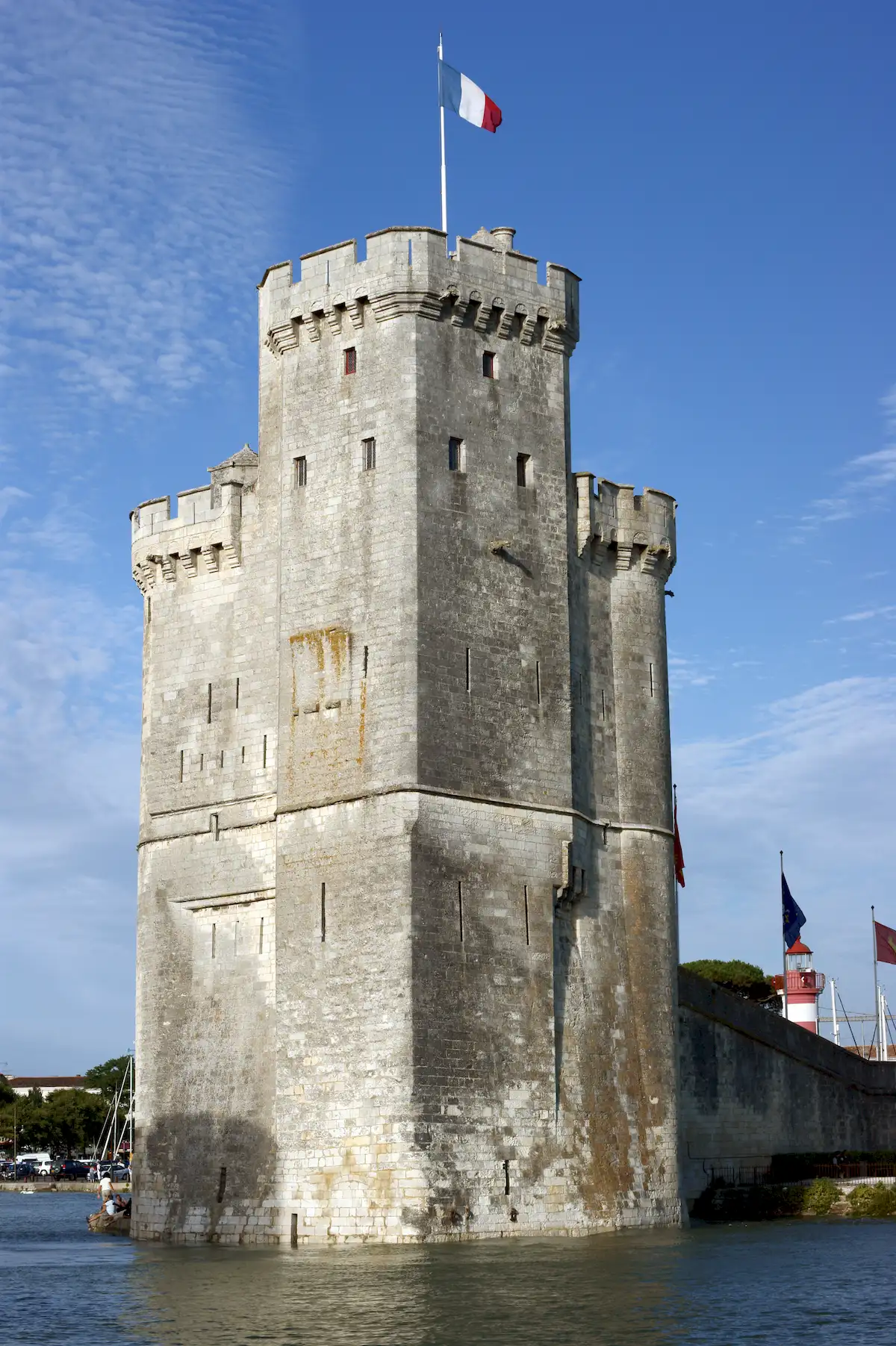
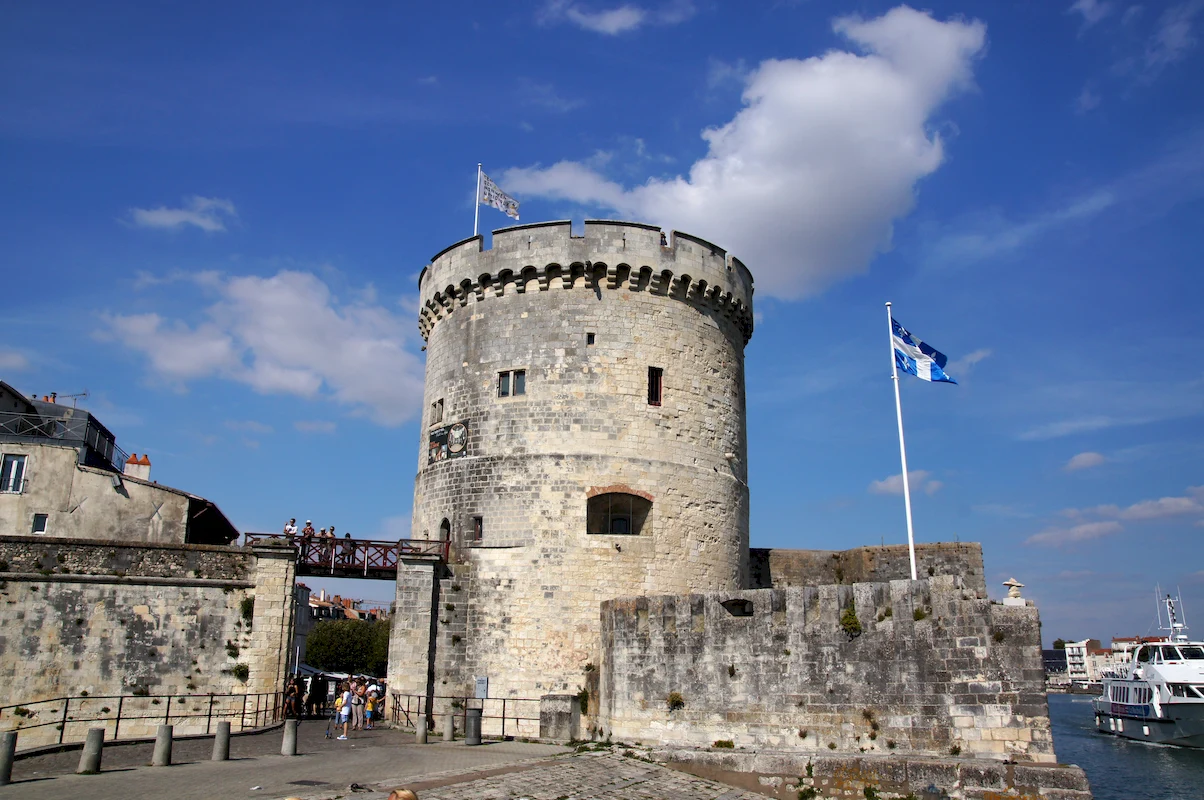
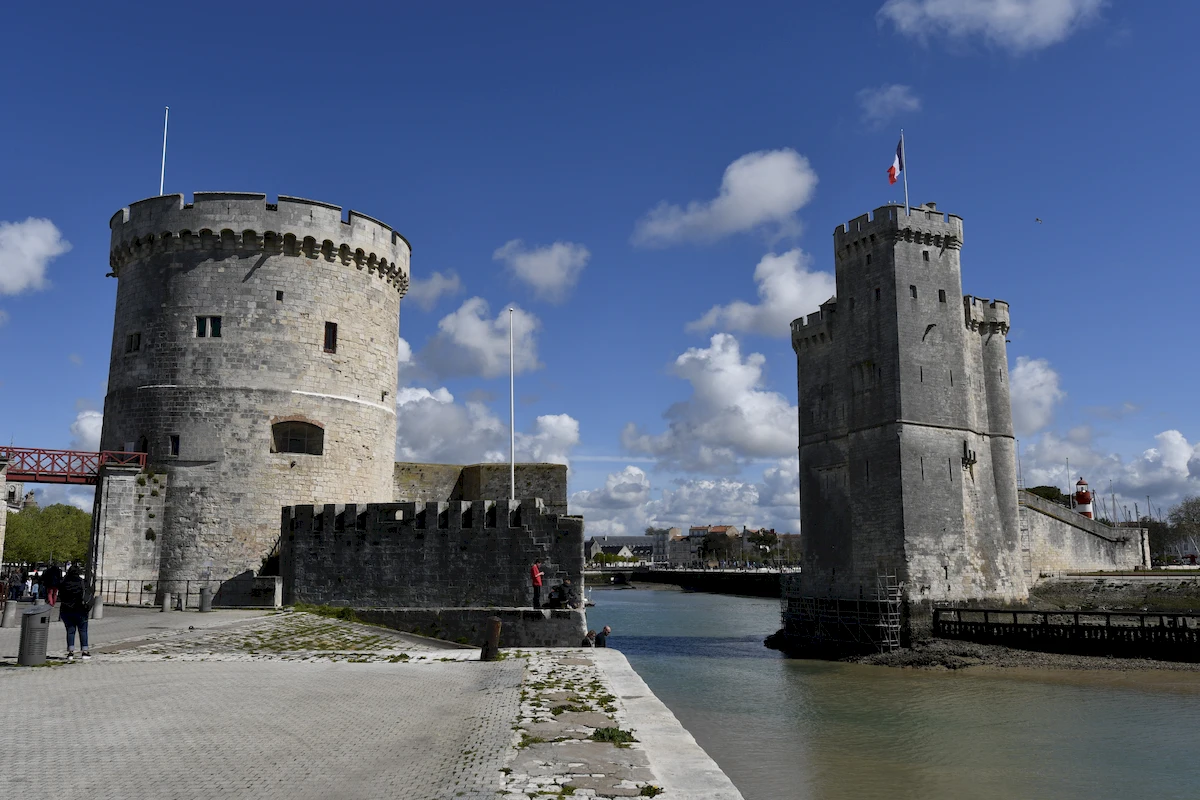
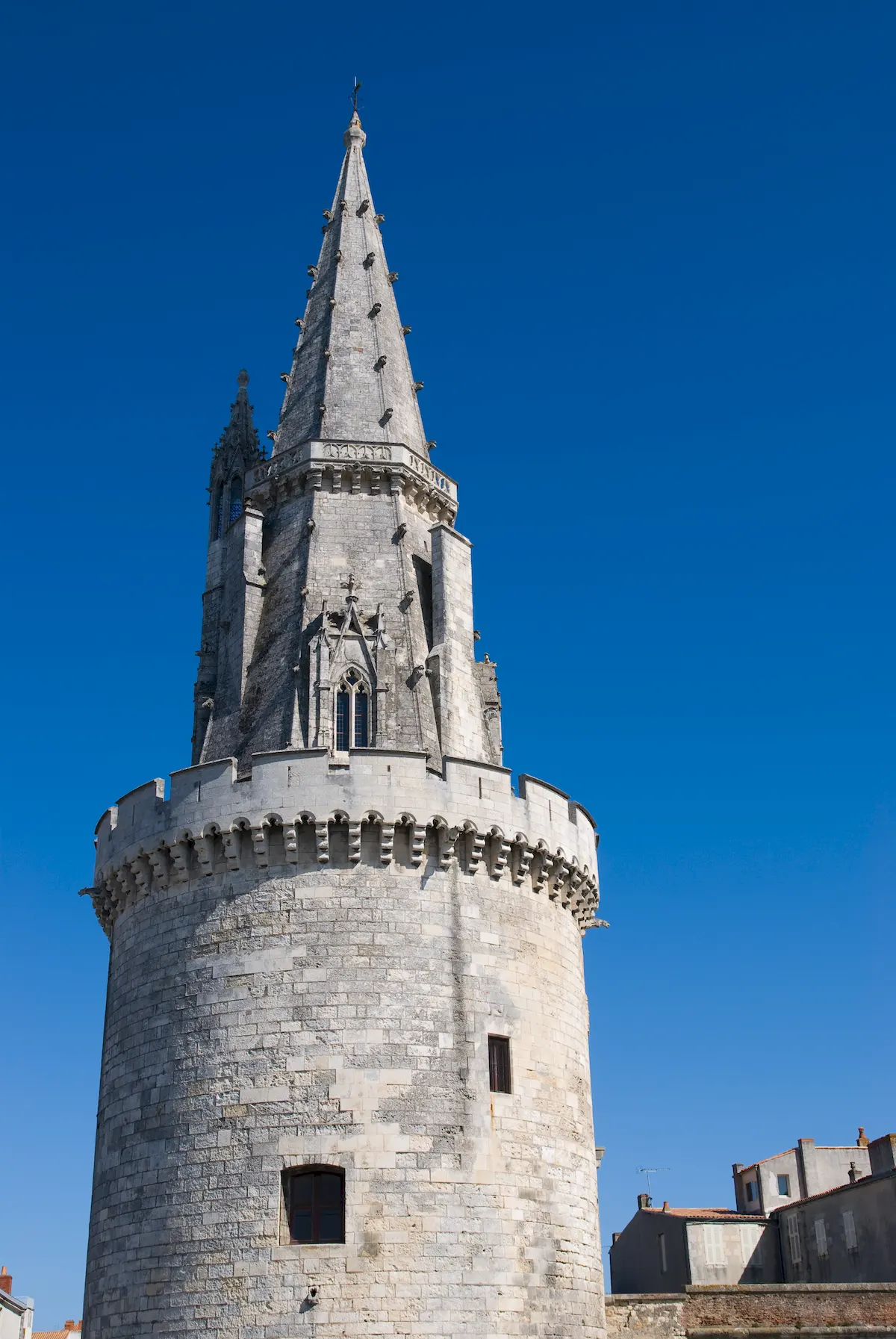
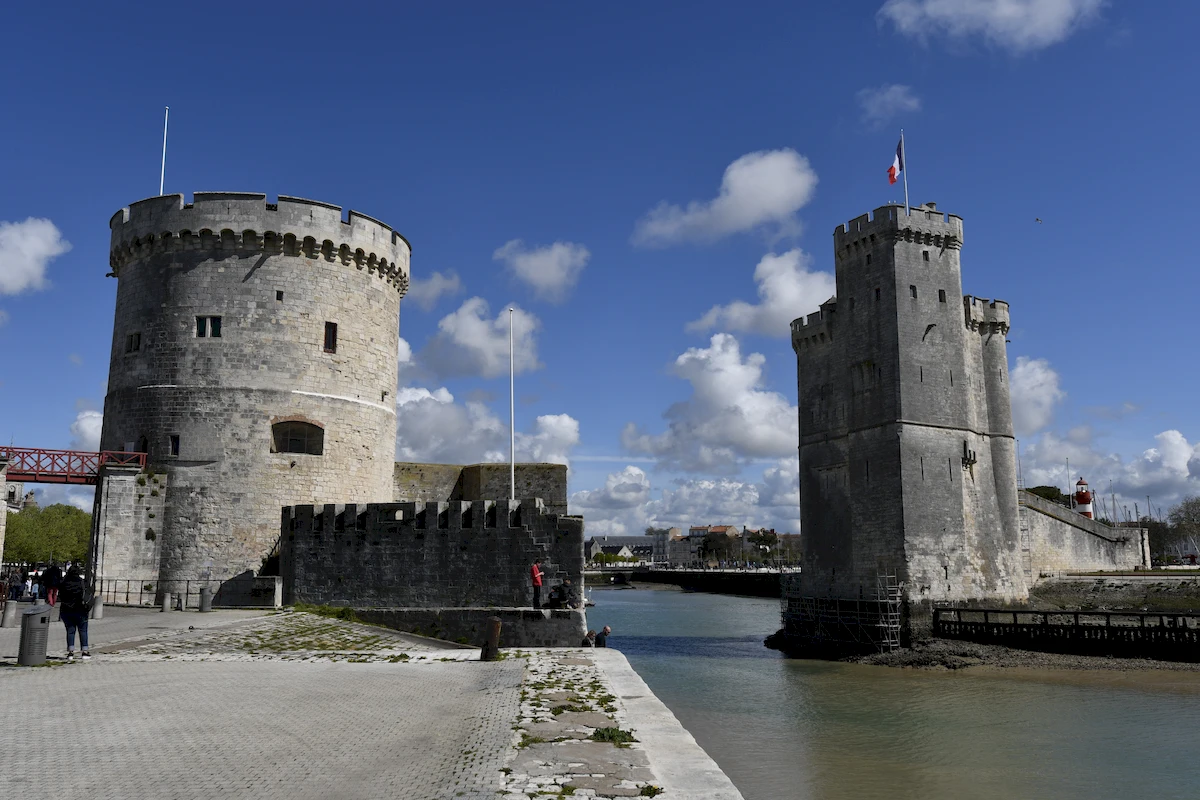
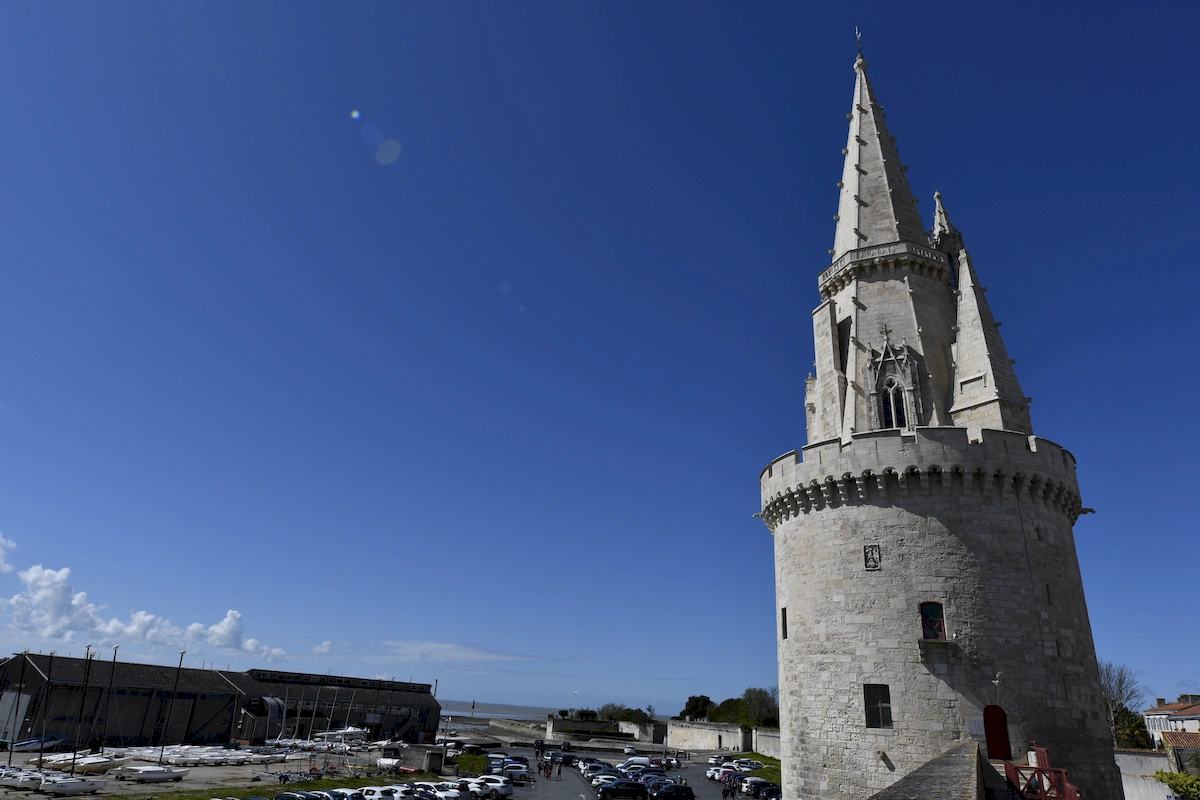
A stroll through the towers of La Rochelle
A veritable urban keep and palatial residence facing the ocean, the Tour Saint Nicolas is a military edifice symbolizing the power and wealth of La Rochelle. Over 40 meters high, its architecture is built around a labyrinth of staircases and corridors set into the thickness of the walls.
The Tour de la Chaîne was the gateway to the Old Port, and its role was to monitor ship movements and port traffic, as well as to collect duties and taxes.
The Tour des 4 sergents or Tour de la Lanterne is the last medieval lighthouse on the Atlantic coast. 55 meters high, topped by an octagonal Gothic spire, the tower has served as both lighthouse and prison, depending on the era. It contains over 600 graffiti carved by inmates over three centuries.
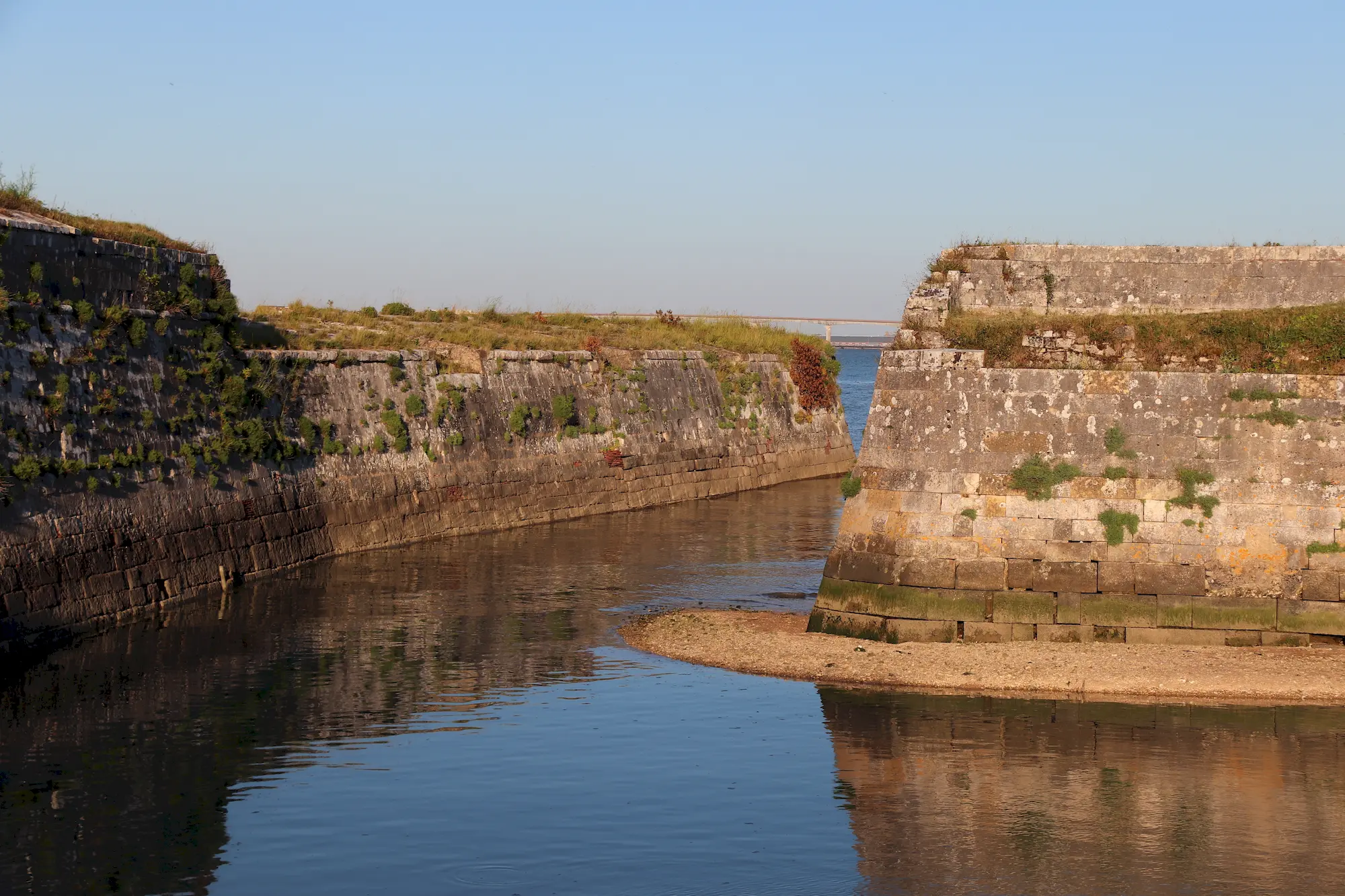
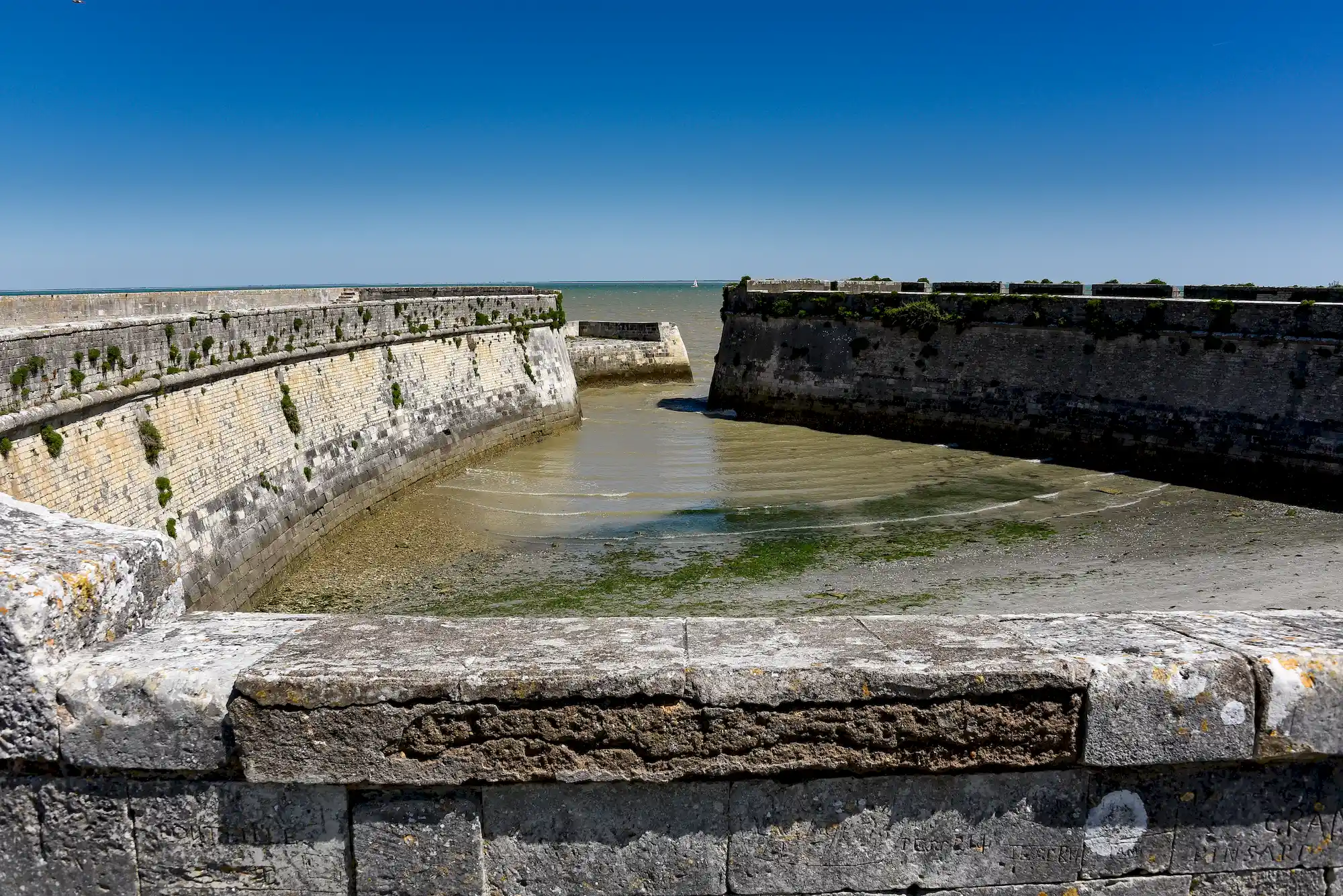
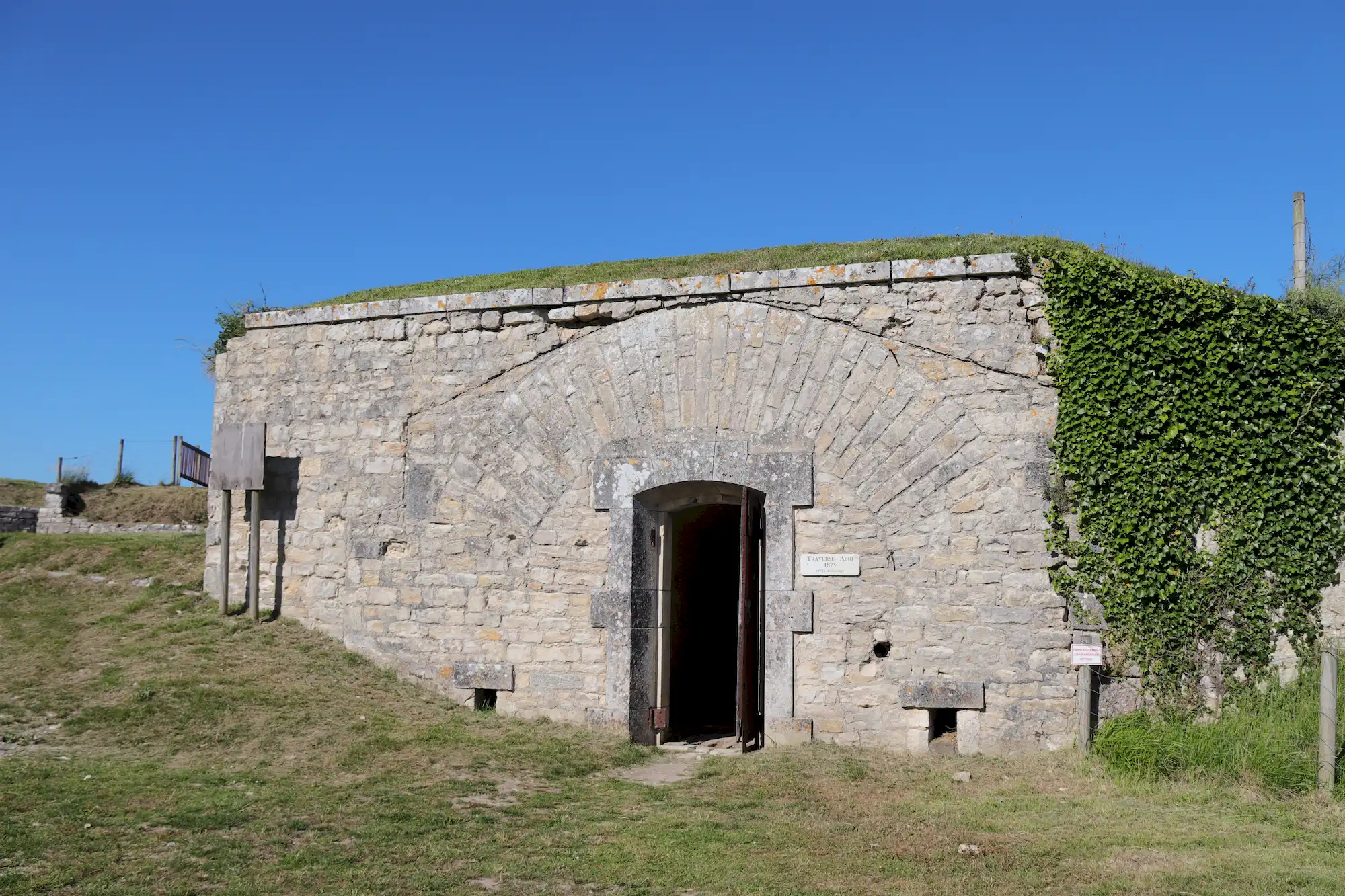
Explore the fortifications of the Ile de Ré
Fortifications were also built on the Ile de Ré to protect access to La Rochelle.
Located in La Flotte en Ré, Fort La Prée is the oldest military fort on the Ile de Ré. It is one of the few remaining examples of pre-Vauban architecture on the island. Discover it all season long, on your own or with a guided tour. Afterwards, take a stroll around this exceptional natural site.
The Citadelle and ramparts of Saint-Martin-de-Ré were commissioned by Vauban following the siege of La Rochelle against English invasion in the 17th century. For many years, La Citadelle served as an assembly point for convicts bound for the penal colony of New Caledonia and French Guiana. It was later converted into a penitentiary, which is still in operation today with 400 inmates.
Part of these fortifications (to the west and east) were listed as aUNESCO World Heritage Site in July 2008, but can still be visited.

